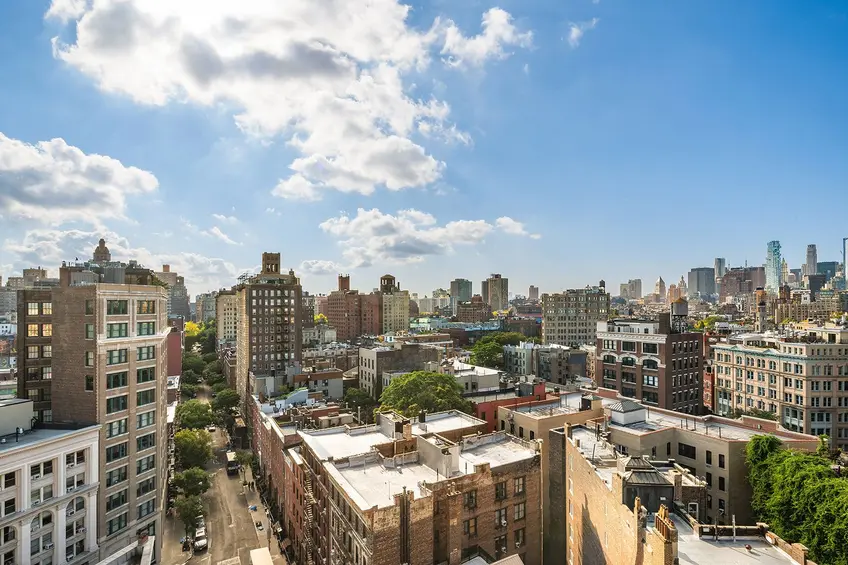 Greenwich Village is one of New York's most highly coveted and highly priced neighborhoods. (View from 45 Christopher Street, #15C - Compass)
Greenwich Village is one of New York's most highly coveted and highly priced neighborhoods. (View from 45 Christopher Street, #15C - Compass)
Before the Greenwich Village Historic District was established in 1969, a number of architecturally interesting single-family homes and empty commercial buildings had been razed to make way for a series of charmless new high-rises. Alarmed, local preservationists sought to prevent “that process of attrition which eats away our best neighborhoods, bit by bit, piece by piece, until we wake up to find that a fine neighborhood has become a second-rate anonymous place,” as the Landmarks Preservation Commission (“Landmarks”) report says.
In this article:
“The exceptionally fine quality of Village architecture together with its special quaintness are found nowhere else in New York” — Greenwich Village Historic District designation report
In the decades since the designation, Greenwich Village has skyrocketed in popularity. Popular movies and television shows introduced the neighborhood to the world, acclaimed restaurateurs and retailers moved in, and celebrity residents went from struggling artists to established stars.
Additionally, the boundaries of the Greenwich Village Historic District have been extended twice. As a result, anyone who wishes to build anything new or alter an existing building within the boundaries of the historic district must appear before Landmarks, at which time local preservationists tend to assemble at speeds Marvel’s Avengers would envy. This has had the consequence of creating housing scarcity in the neighborhood, thus driving prices up on existing properties, including those in the aforementioned charmless postwar buildings.
Moreover, the limits on height and design imposed by the historic district and local zoning mean only structures of certain sizes can take shape within the boundaries, resulting in boutique-style buildings that tend to go quickly and at prices only the uber-wealthy can approach.
Additionally, the boundaries of the Greenwich Village Historic District have been extended twice. As a result, anyone who wishes to build anything new or alter an existing building within the boundaries of the historic district must appear before Landmarks, at which time local preservationists tend to assemble at speeds Marvel’s Avengers would envy. This has had the consequence of creating housing scarcity in the neighborhood, thus driving prices up on existing properties, including those in the aforementioned charmless postwar buildings.
Moreover, the limits on height and design imposed by the historic district and local zoning mean only structures of certain sizes can take shape within the boundaries, resulting in boutique-style buildings that tend to go quickly and at prices only the uber-wealthy can approach.
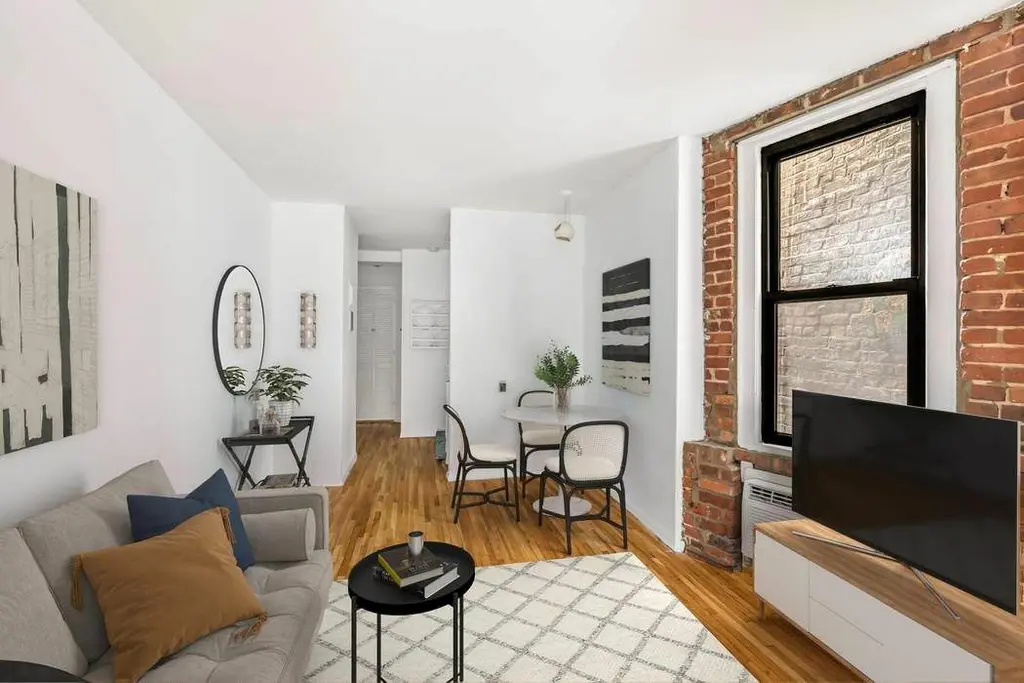
15 Jones Street, #2A (Sotheby's International Realty, Inc.)
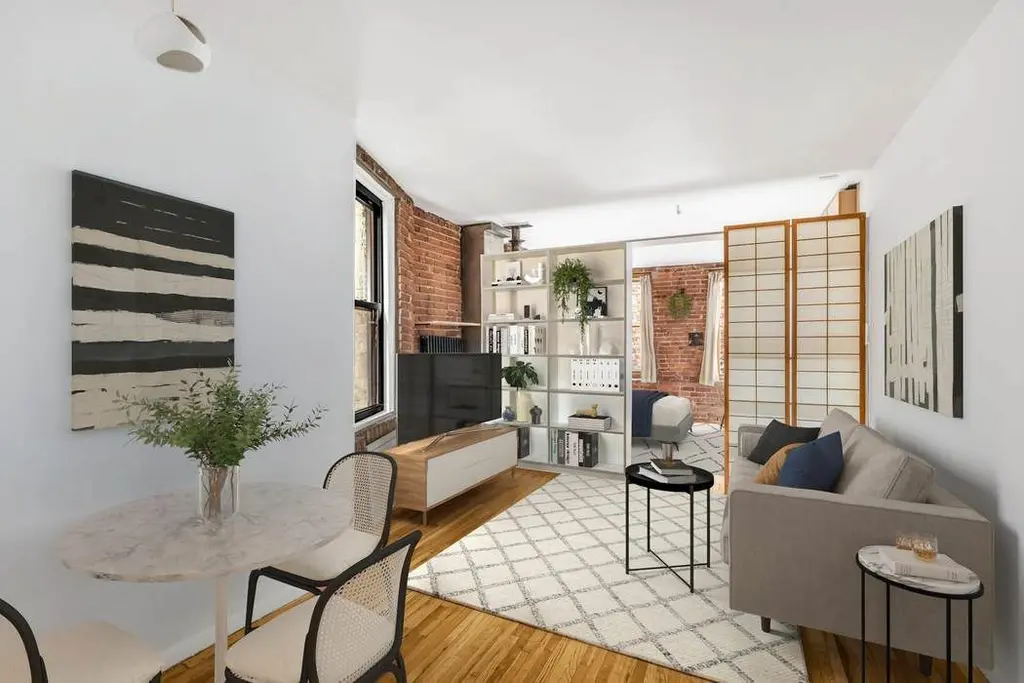
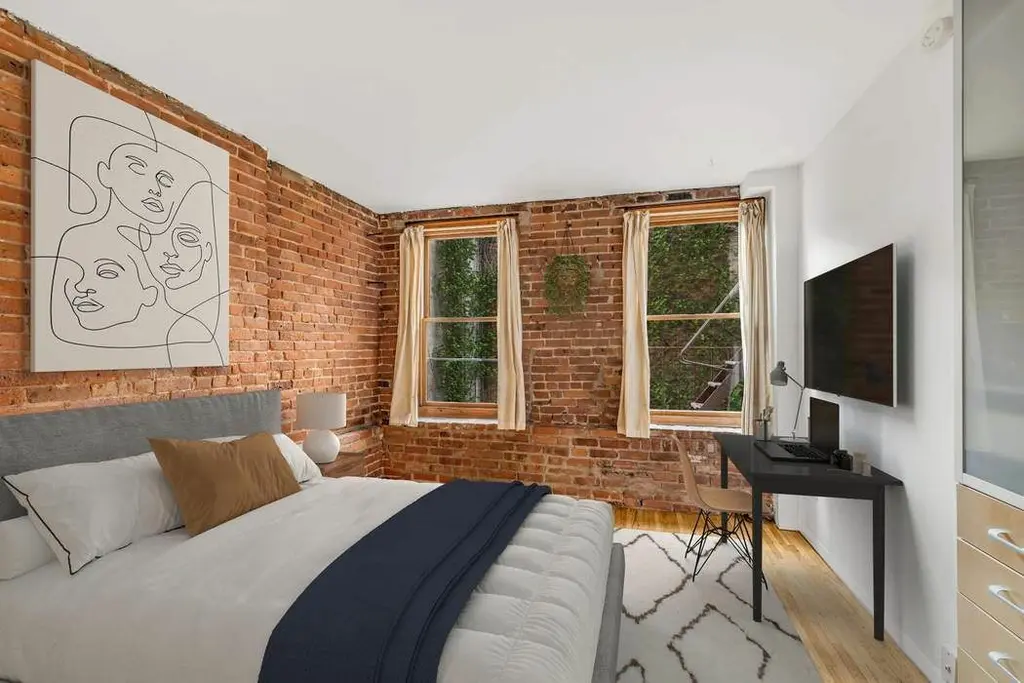
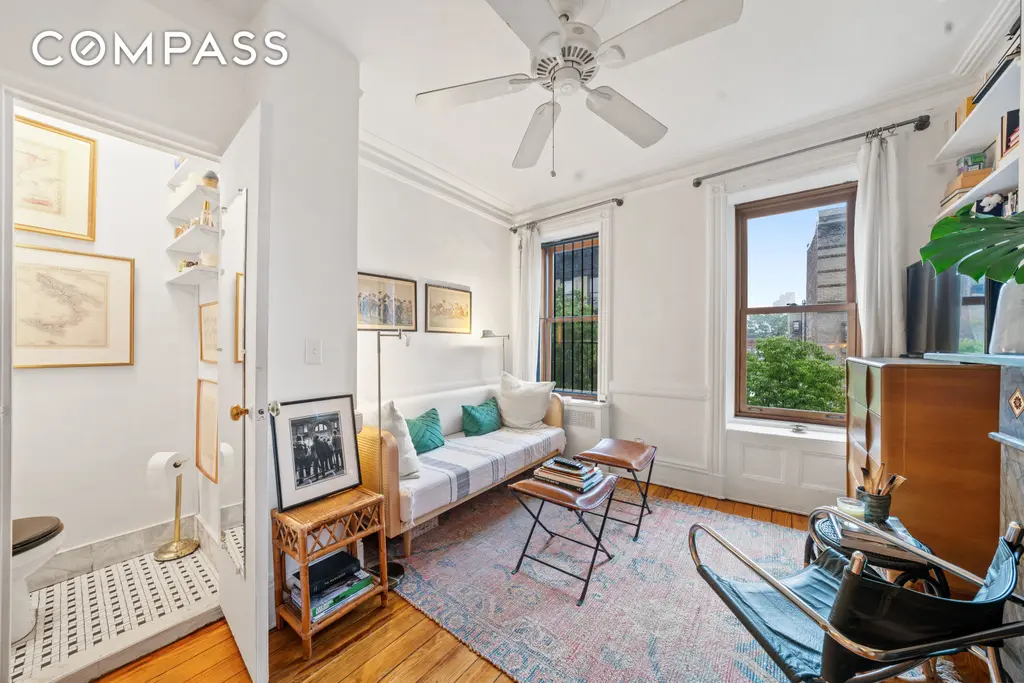
140 West 10th Street, #5FE (Compass)
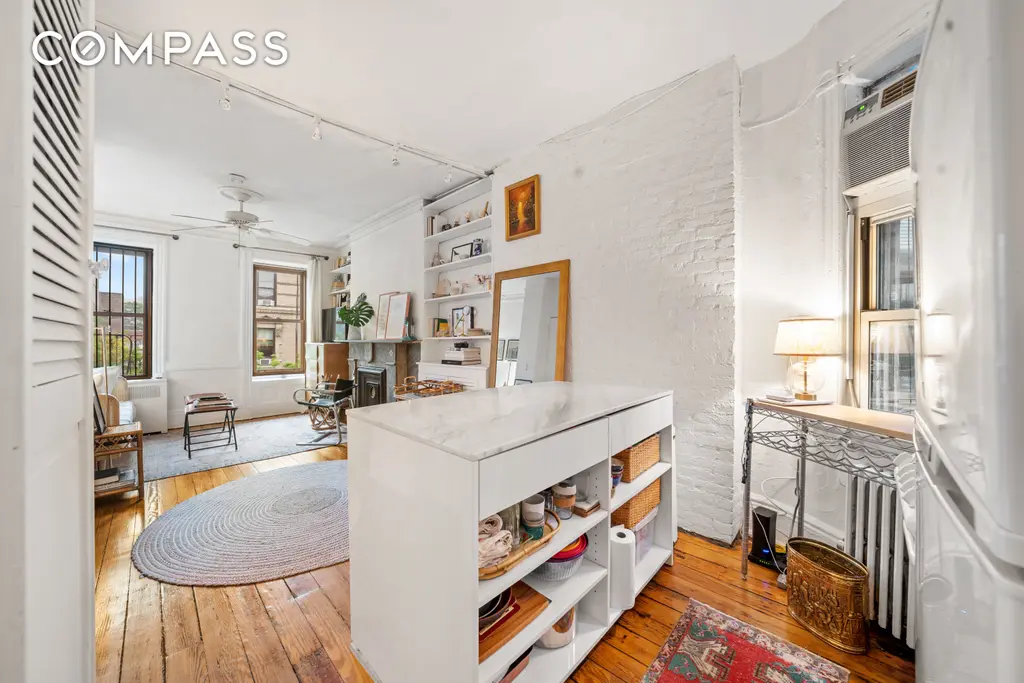
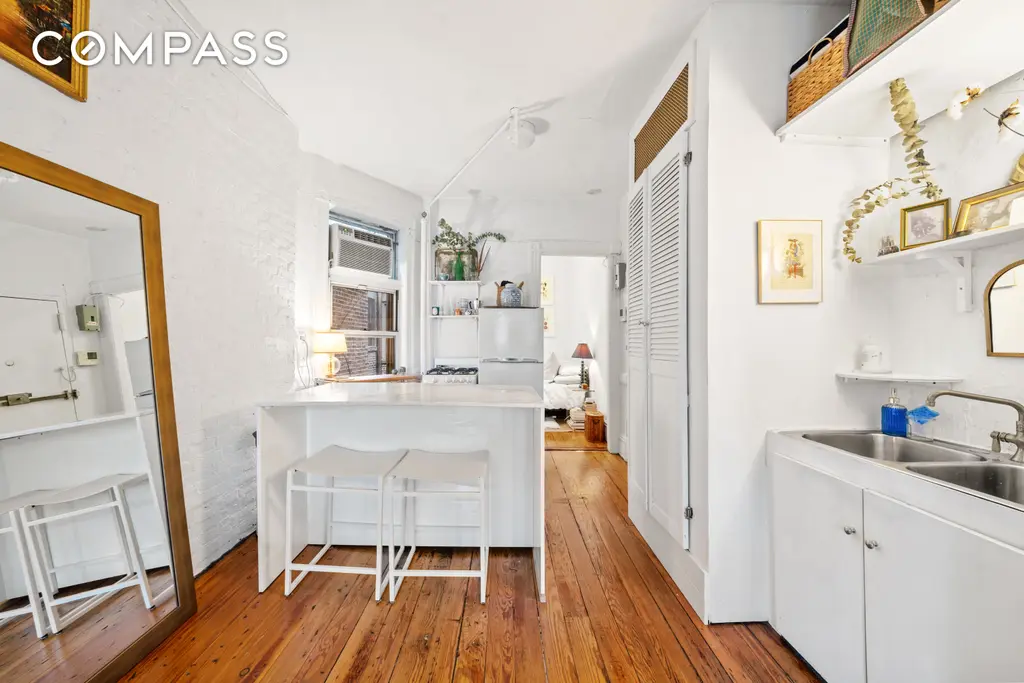
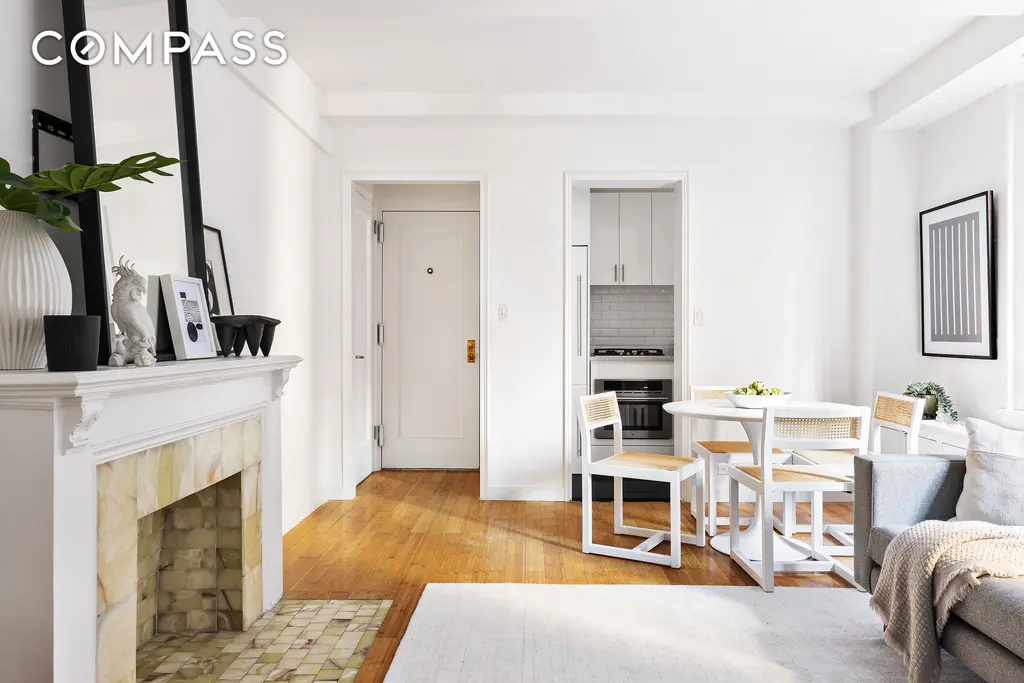
45 Fifth Avenue, #4C (UCOM - Compass)
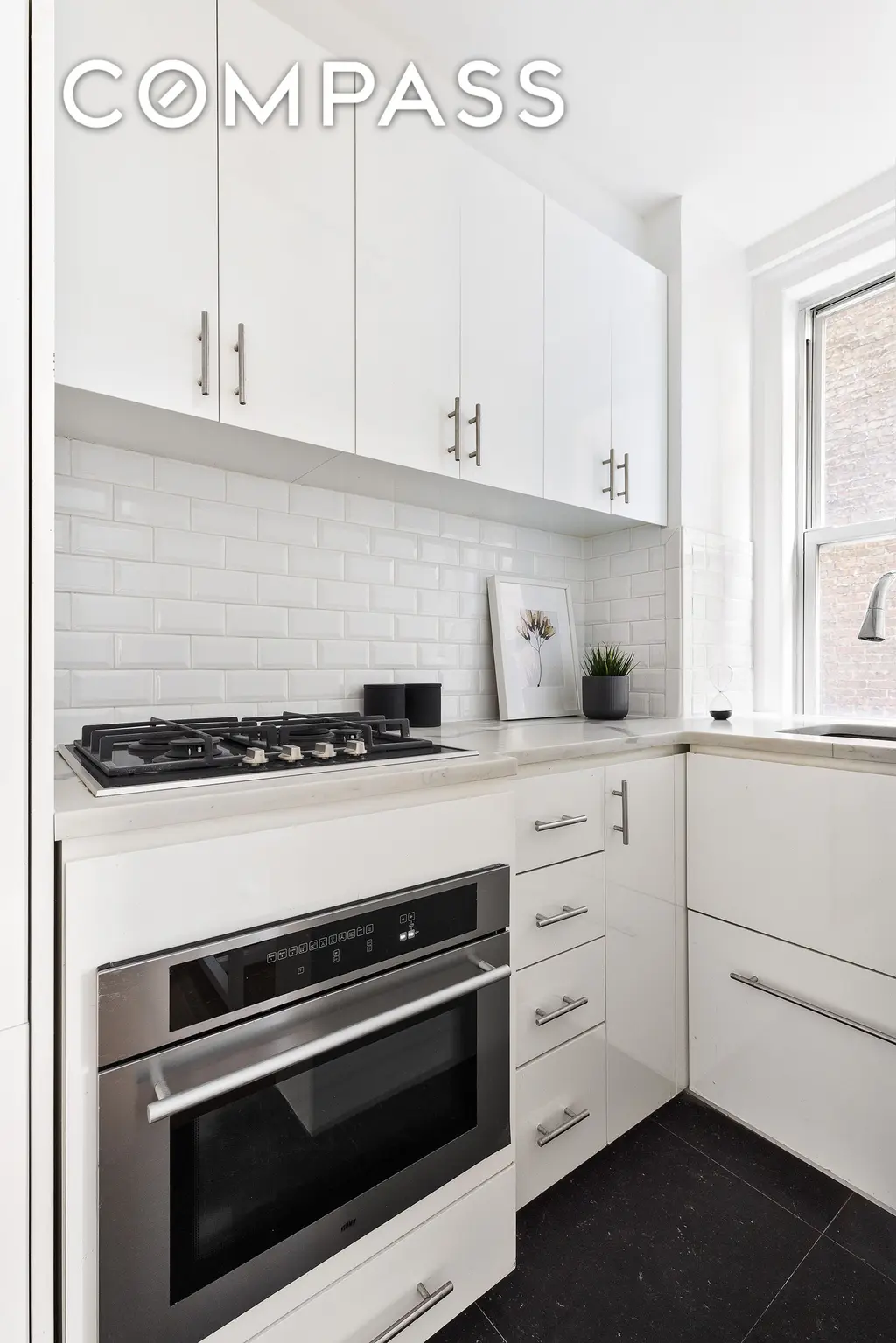
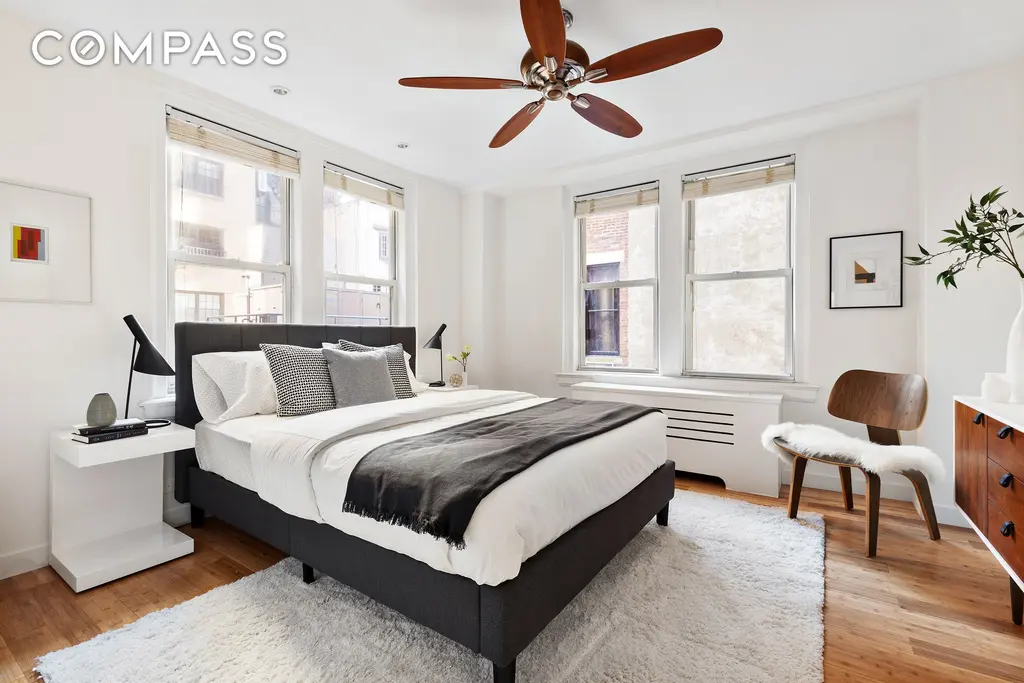
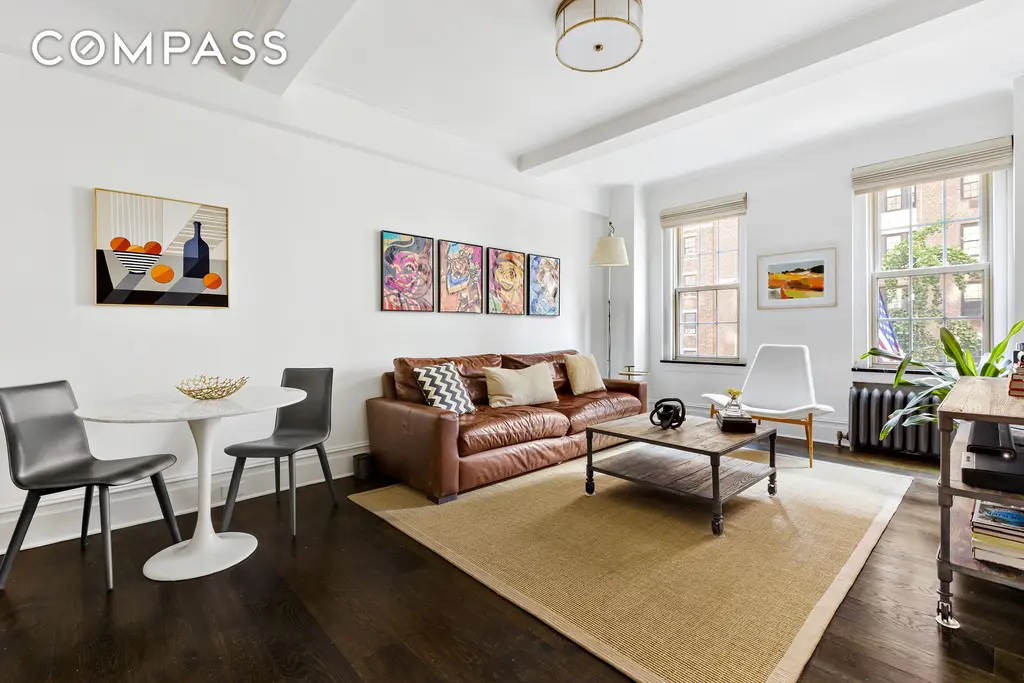
24 Fifth Avenue, #415 (Compass)
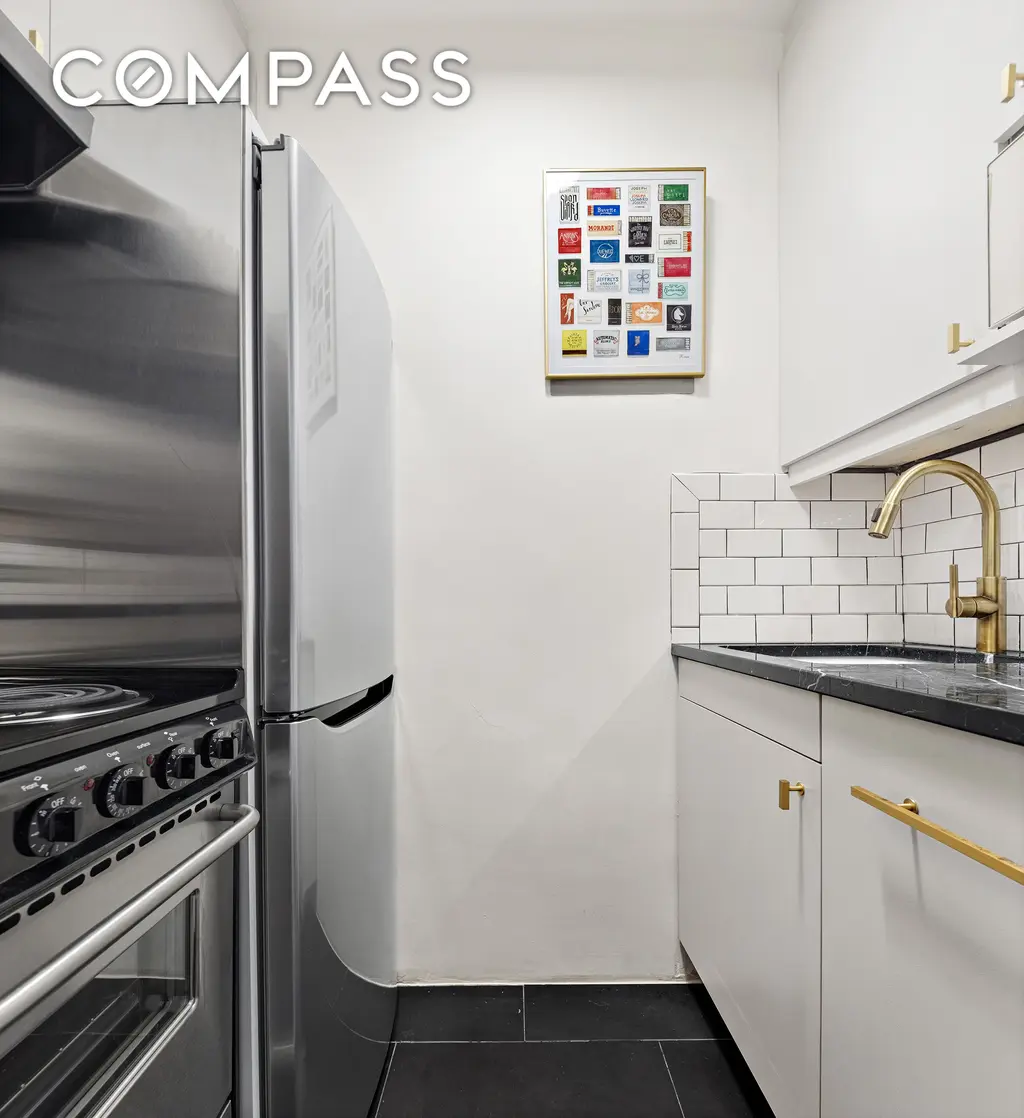
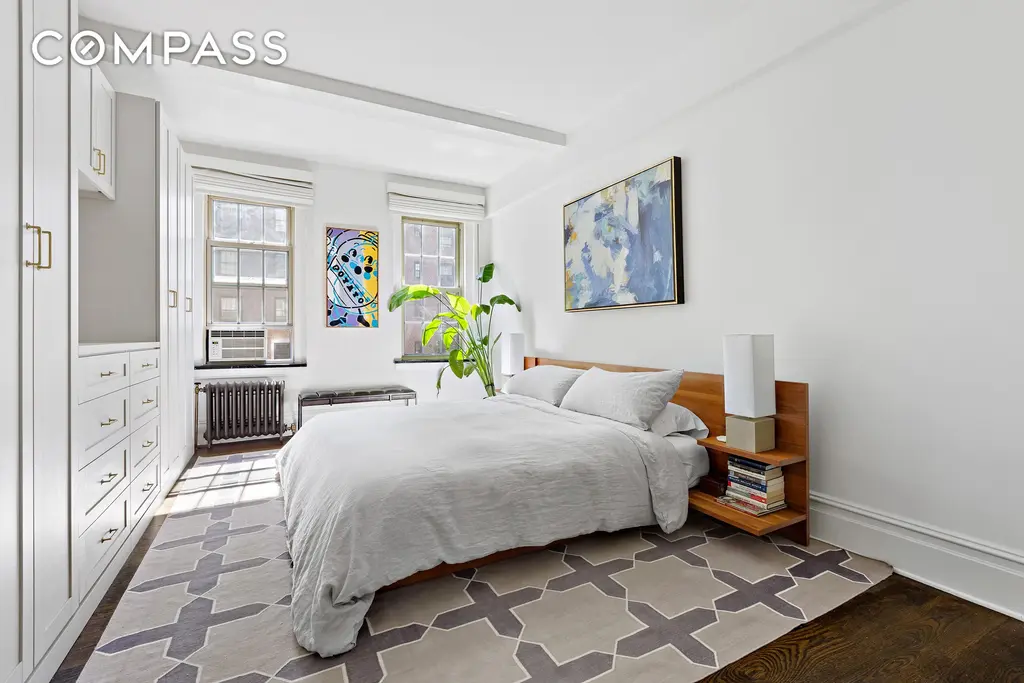
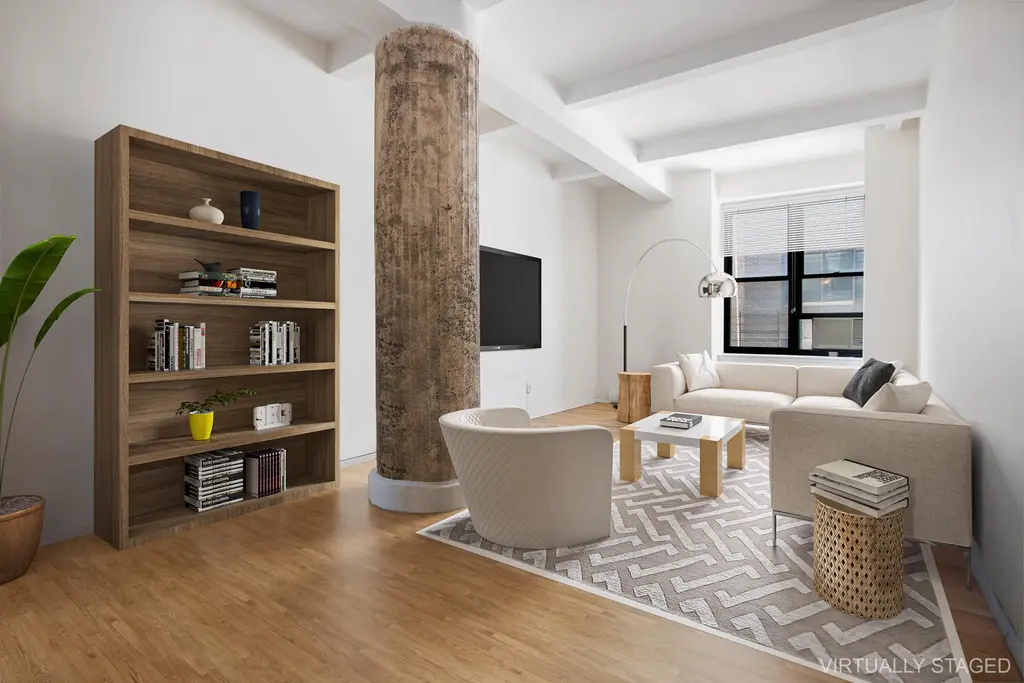
250 Mercer Street, #B602 (Douglas Elliman)
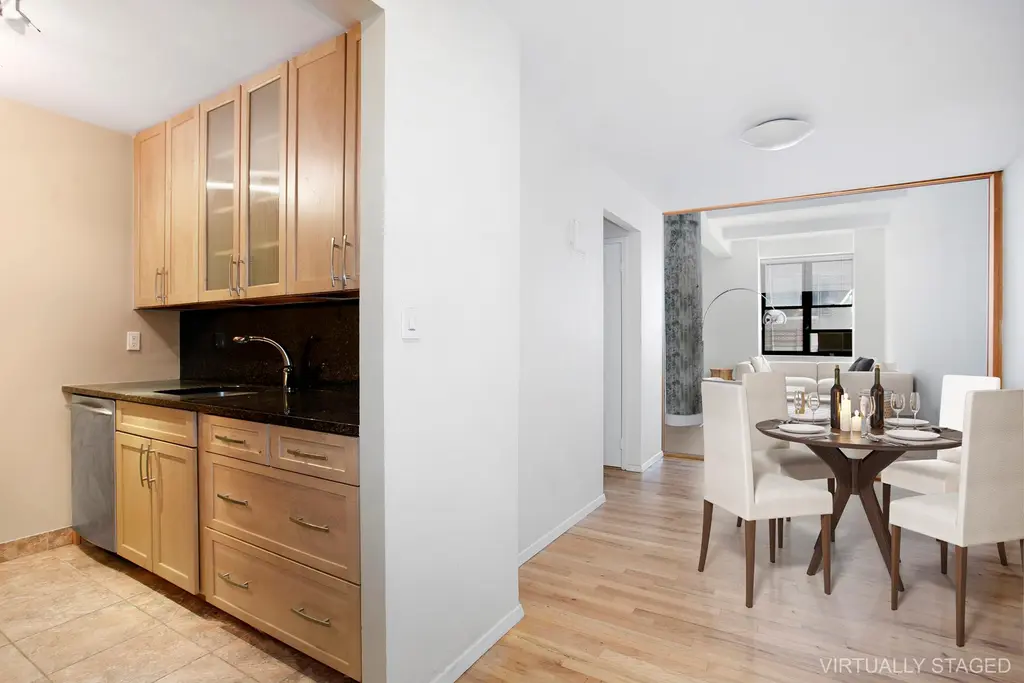
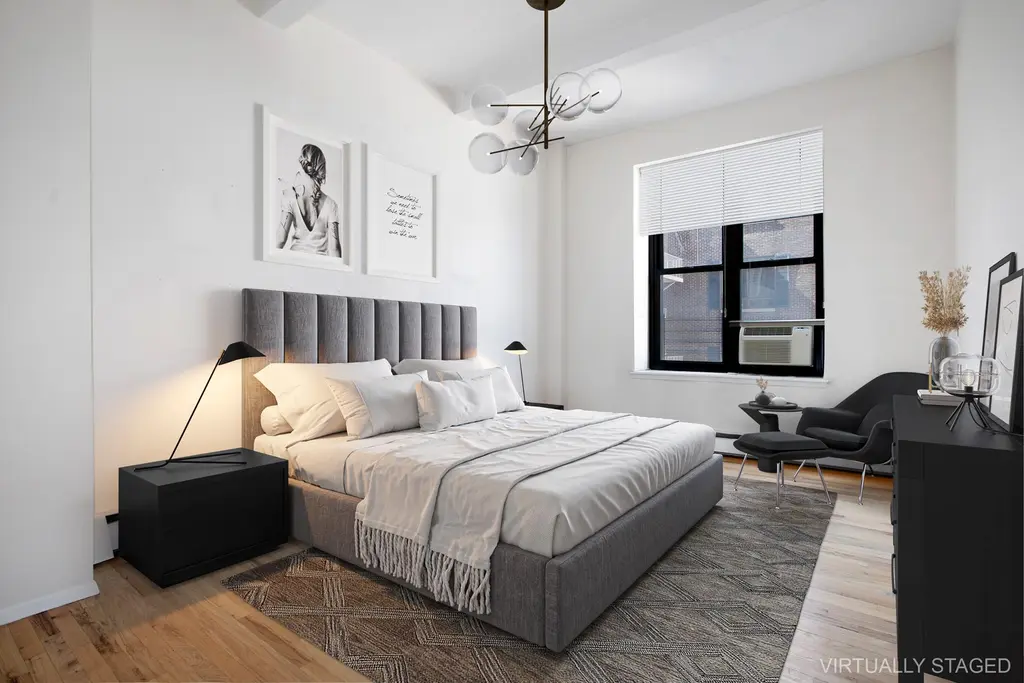
Would you like to tour any of these properties?
Just complete the info below.
Or call us at (212) 755-5544
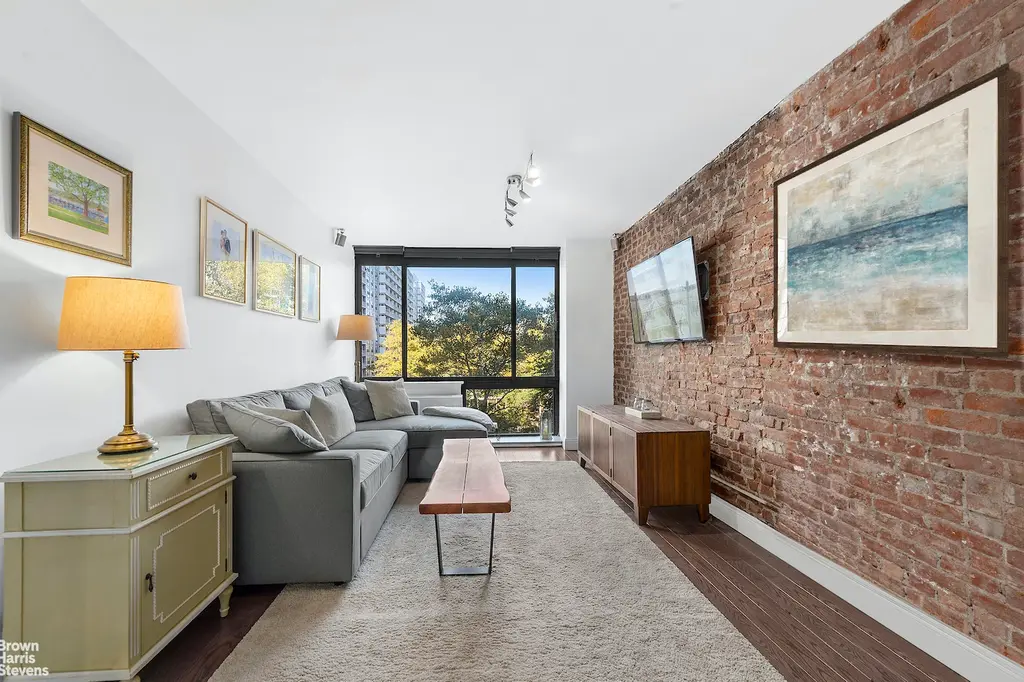
Bleecker Court, #505 (Halstead dba Brown Harris Stevens Residential Sales LLC)
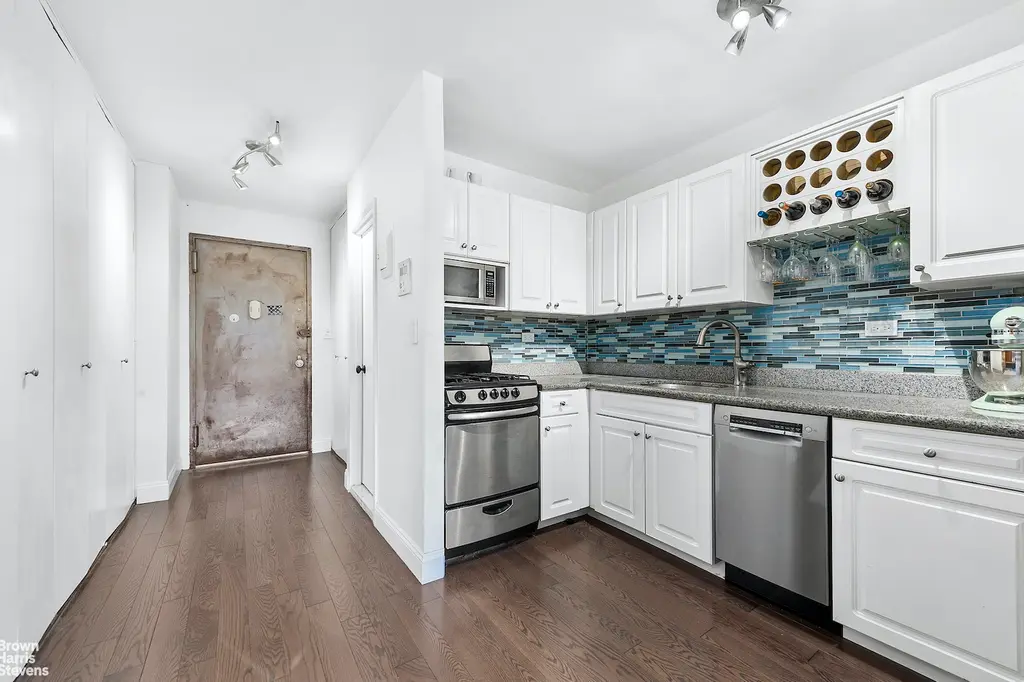
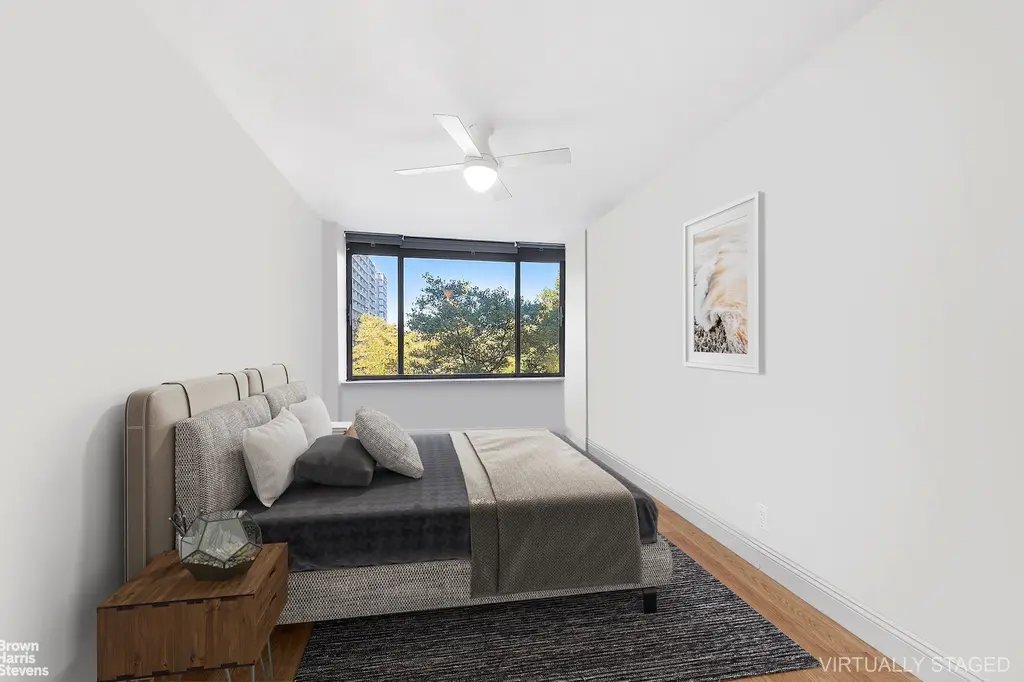
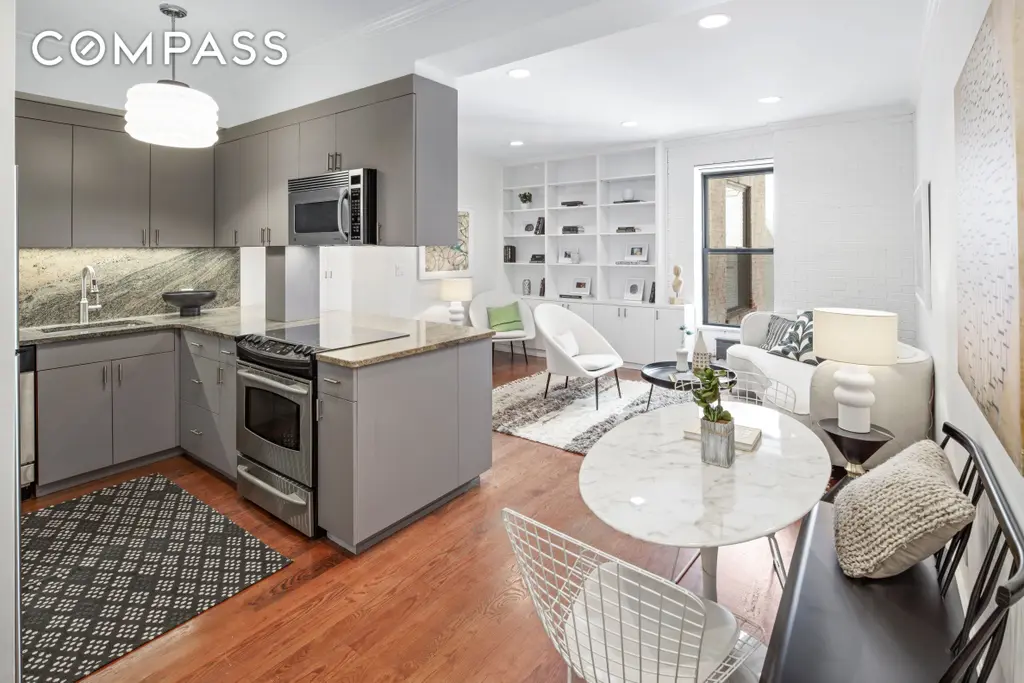
The Albert, #5G (Compass)
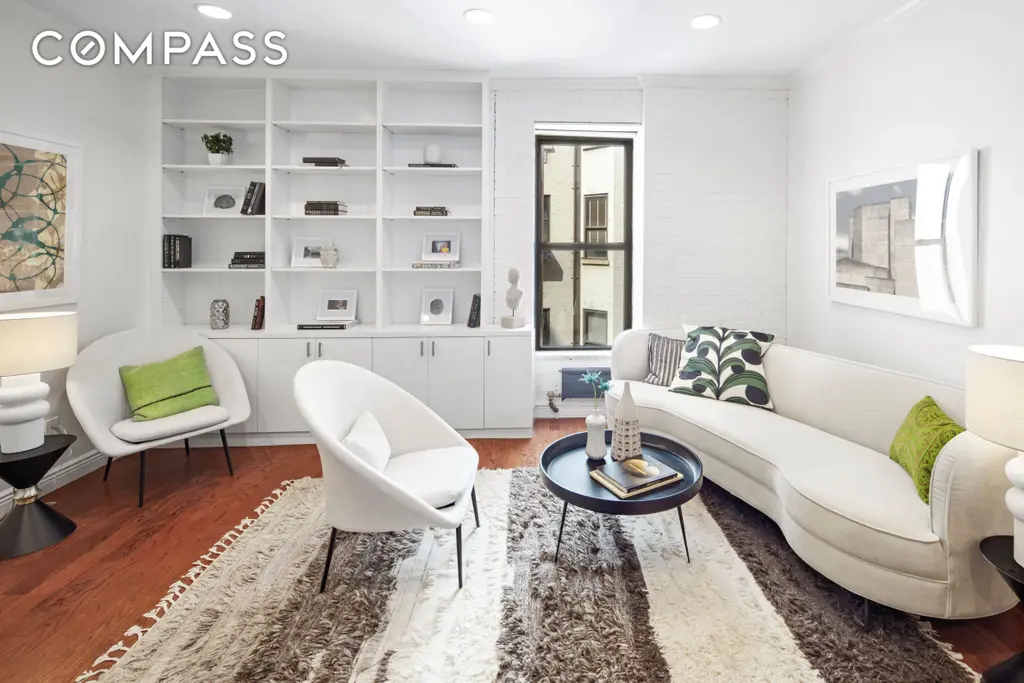
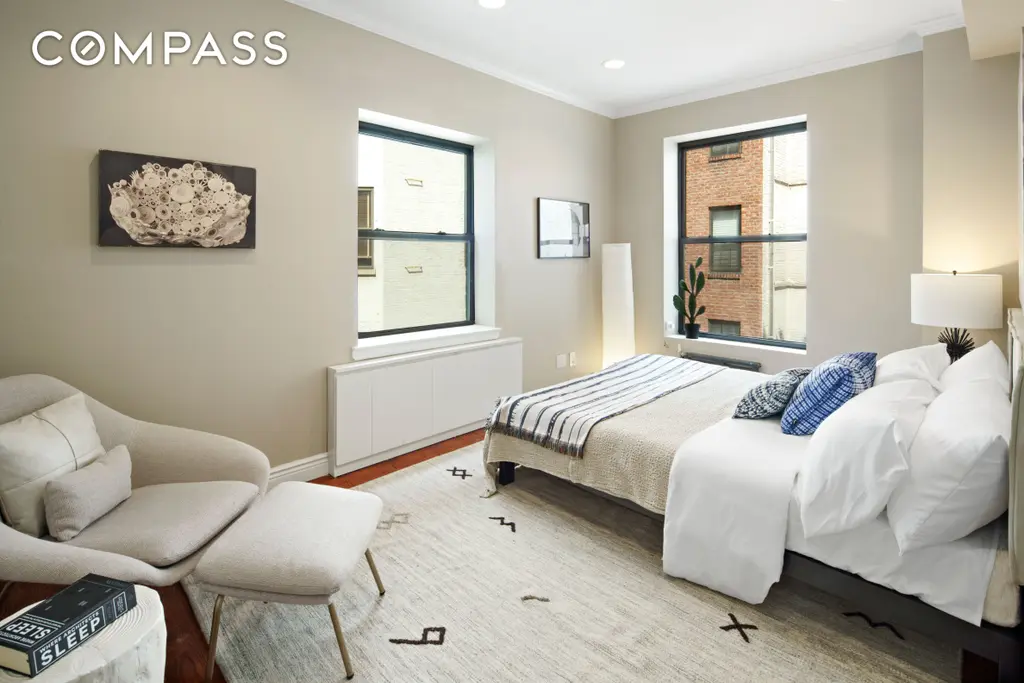
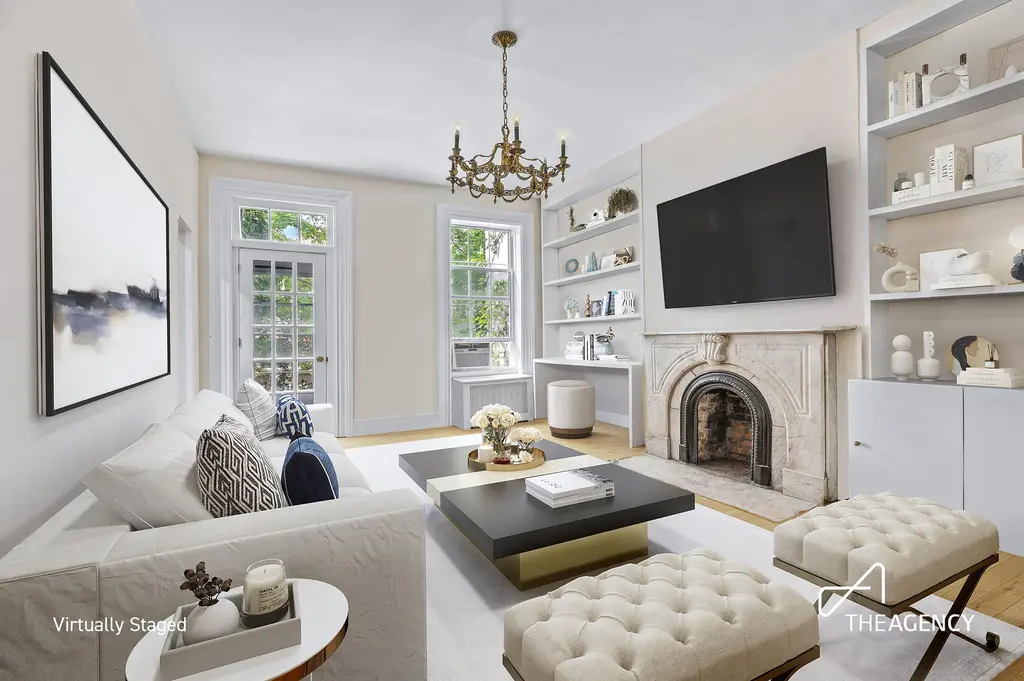
44 West 12th Street, #3R (The Agency)
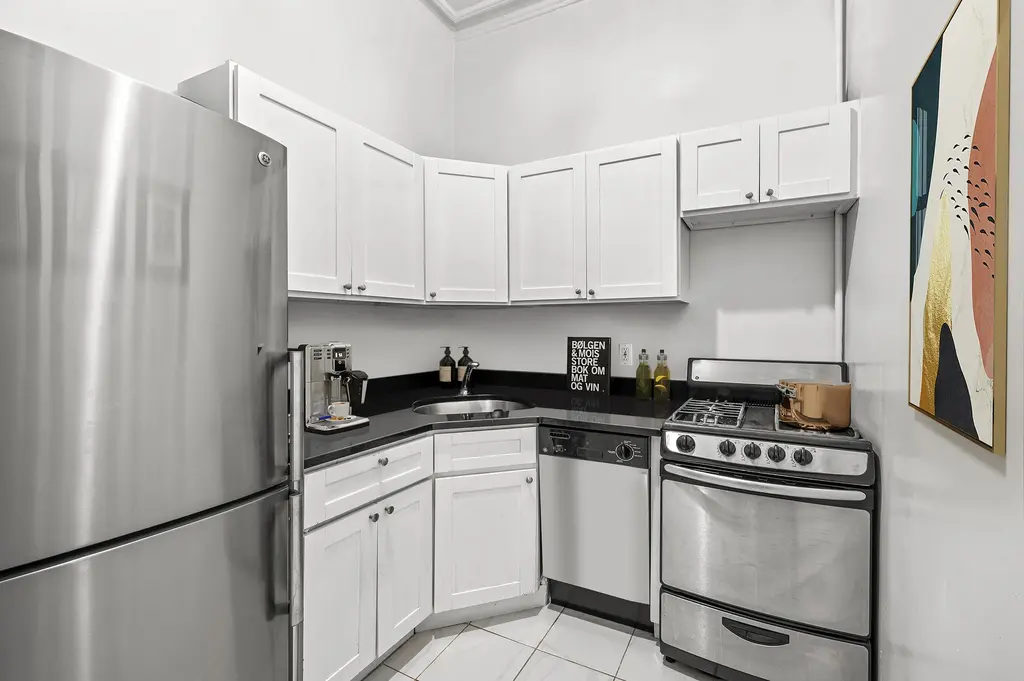
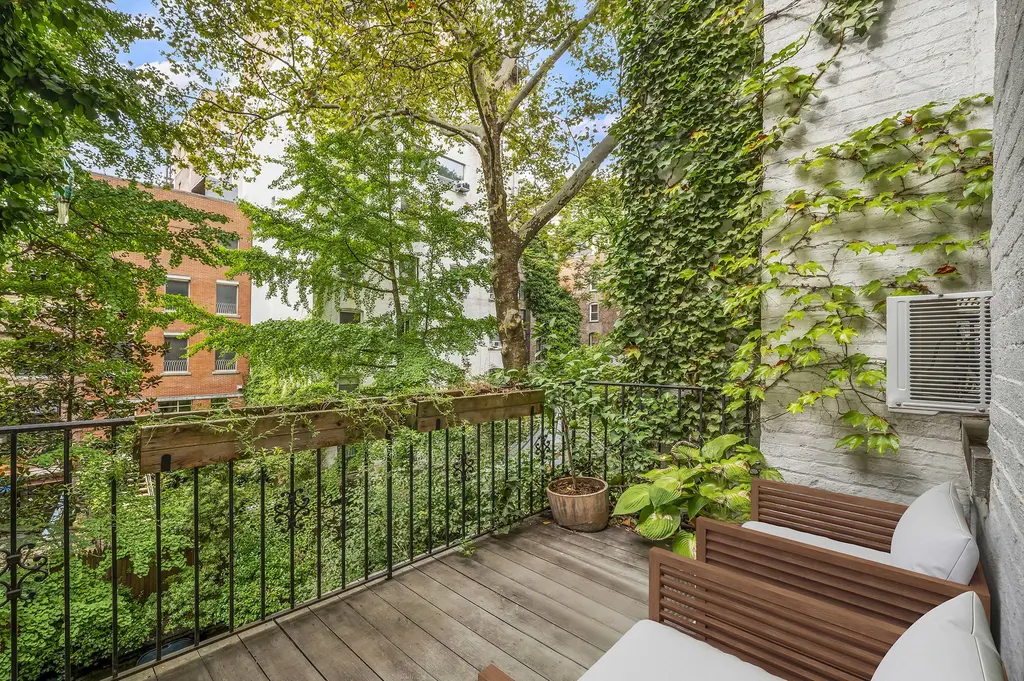
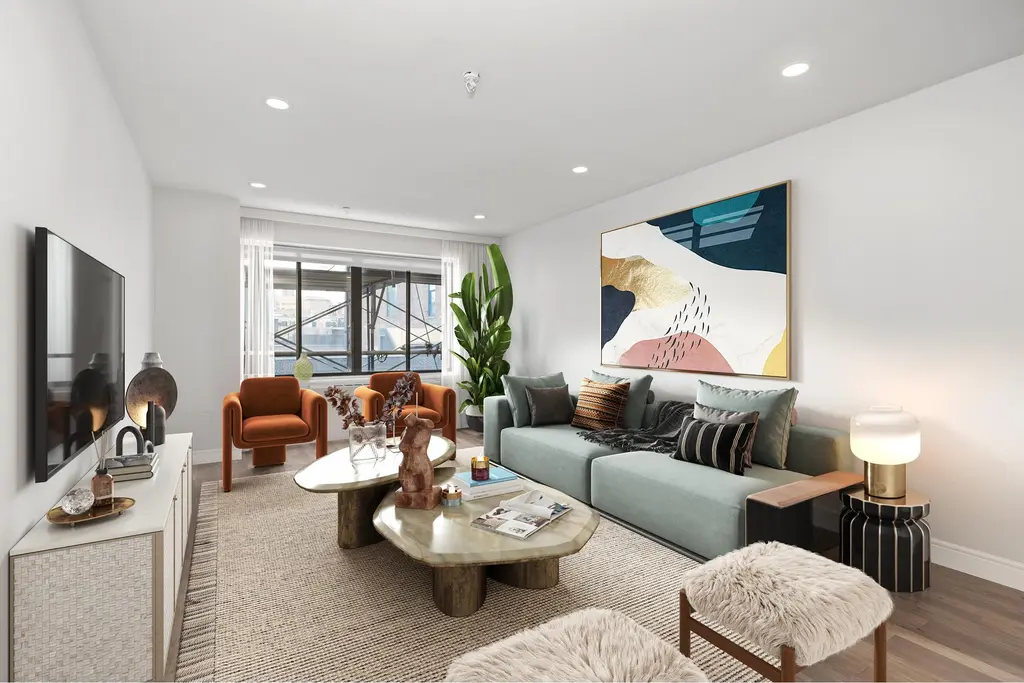
Cast Iron Building, #709 (Douglas Elliman)
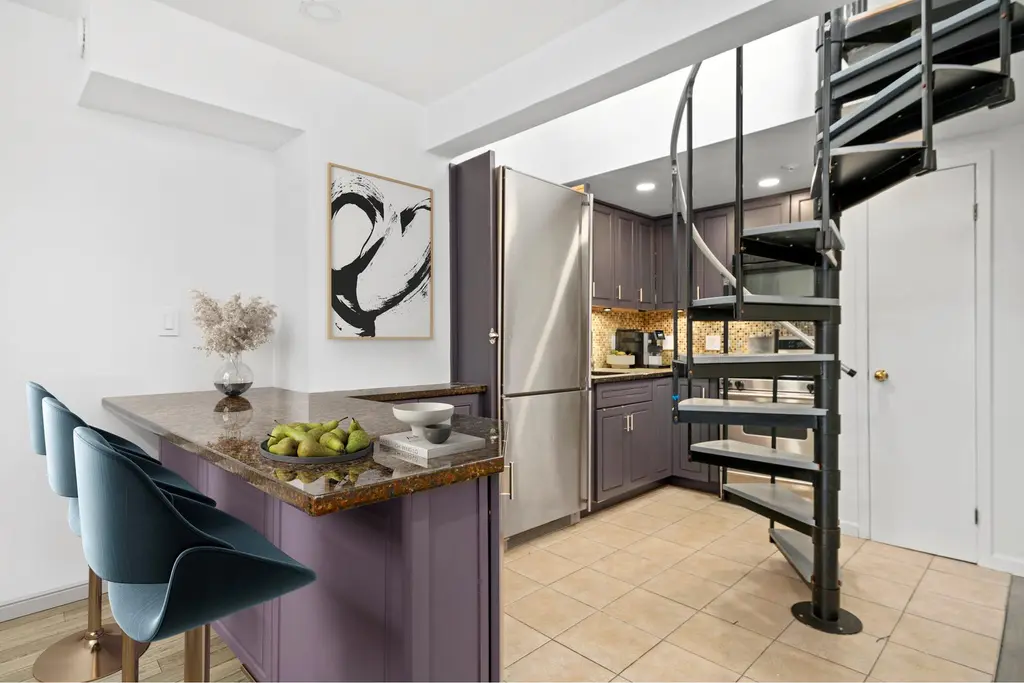
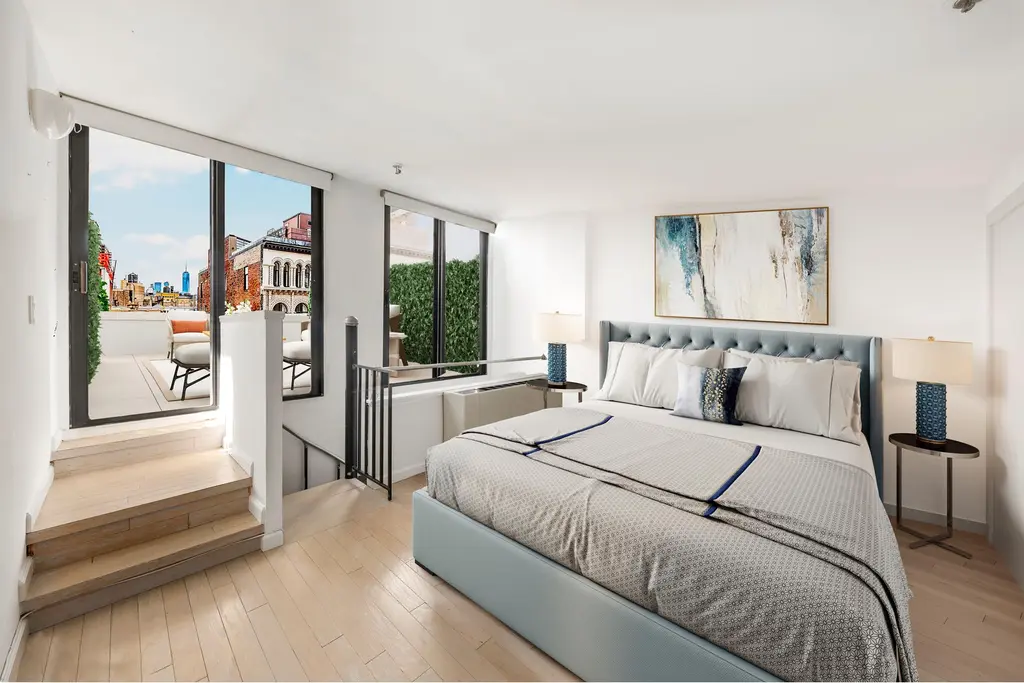
204 West Houston Street, #3D
$1,150,000 (-3.8%)
Greenwich Village | Cooperative | 1 Bedroom, 1 Bath | 800 ft2
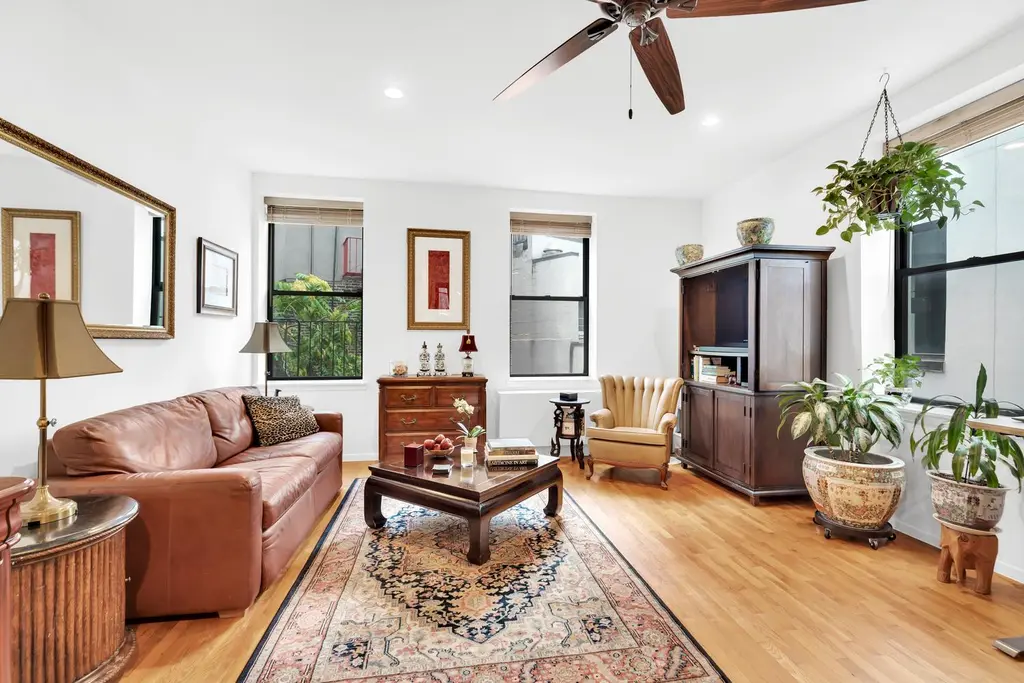
204 West Houston Street, #3D (Douglas Elliman)
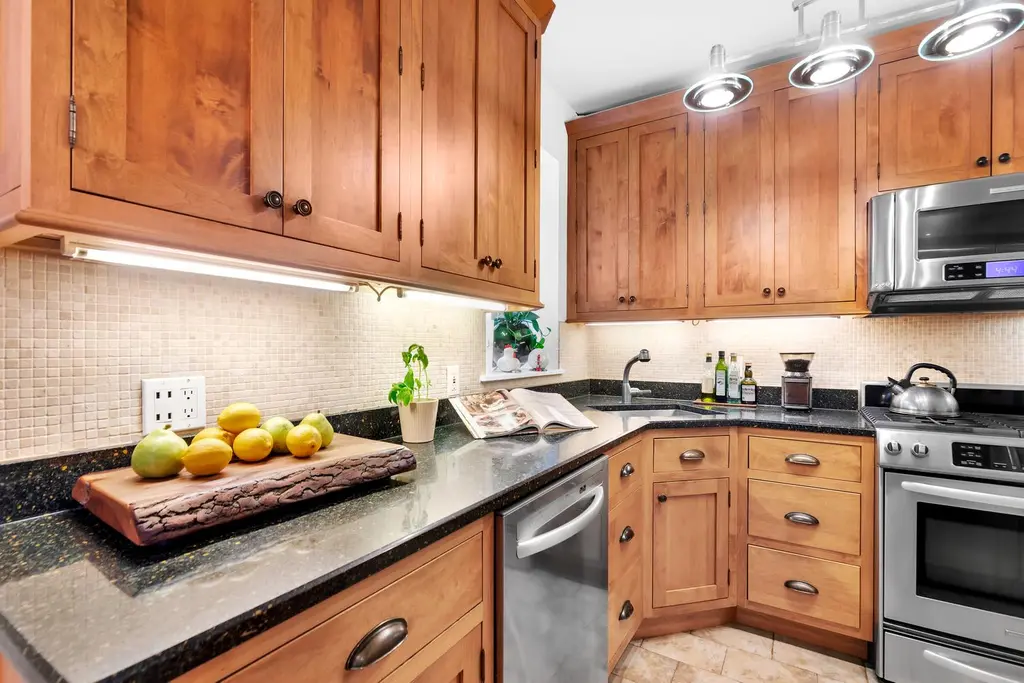
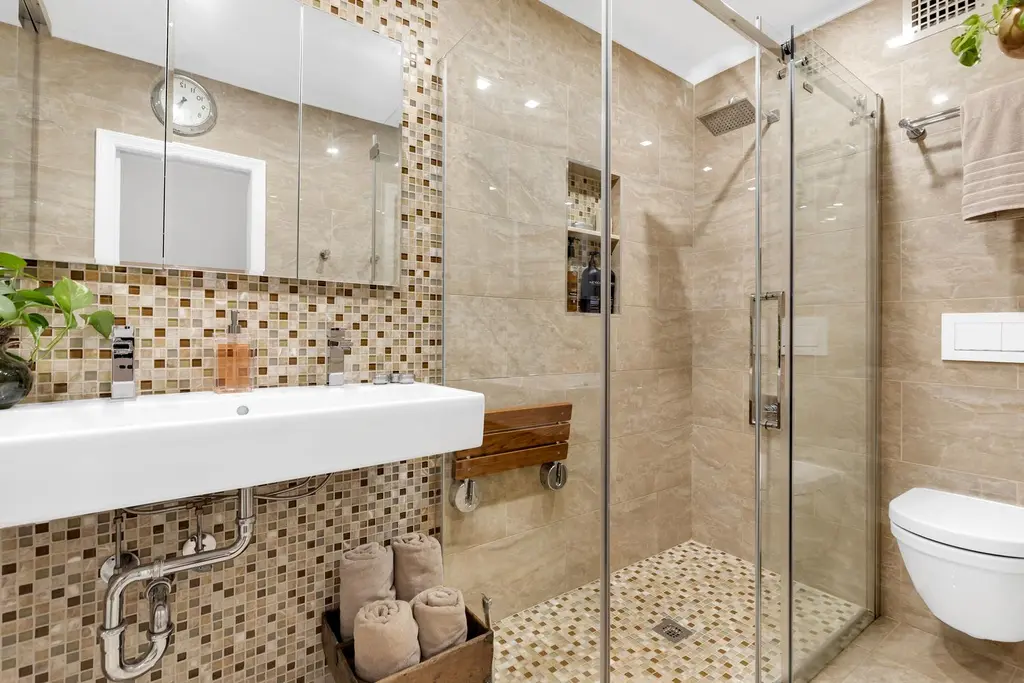
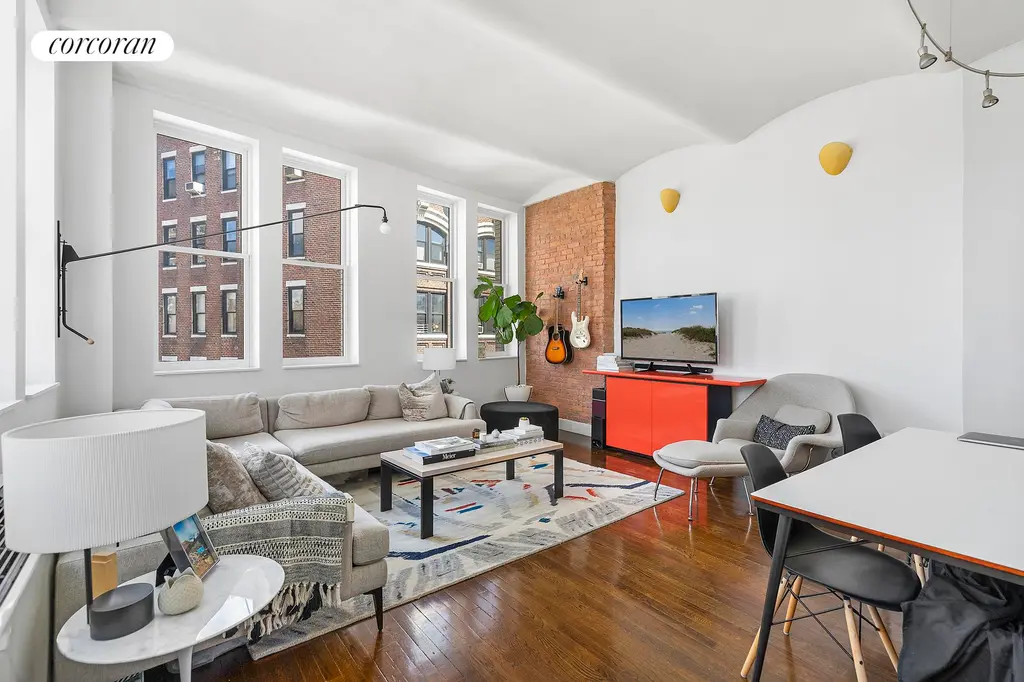
The Halloran, #6F (Corcoran Group)
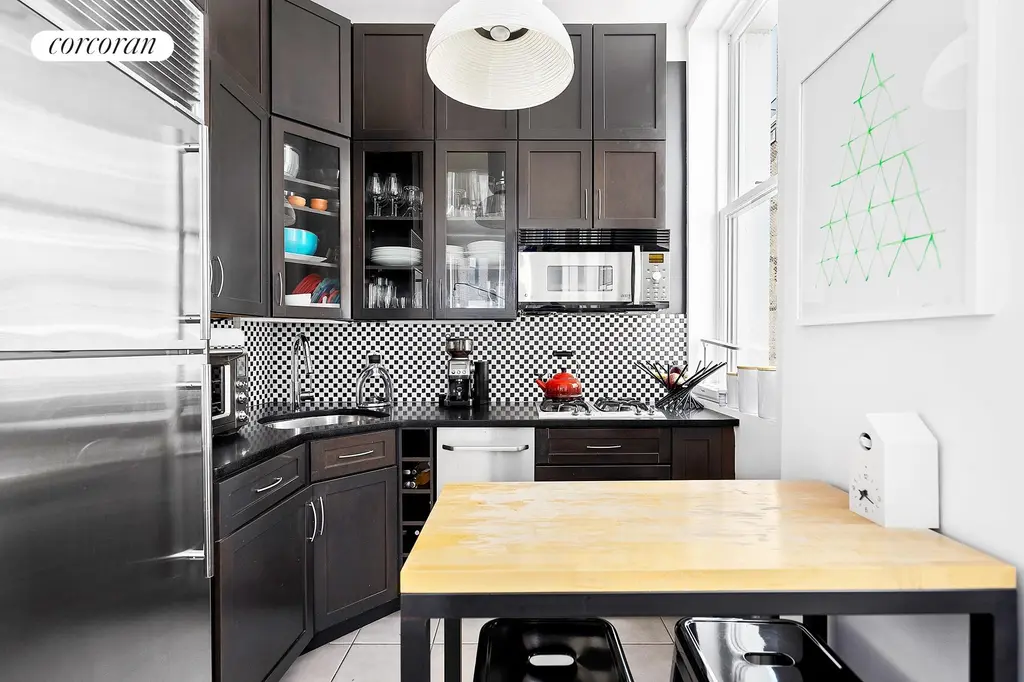
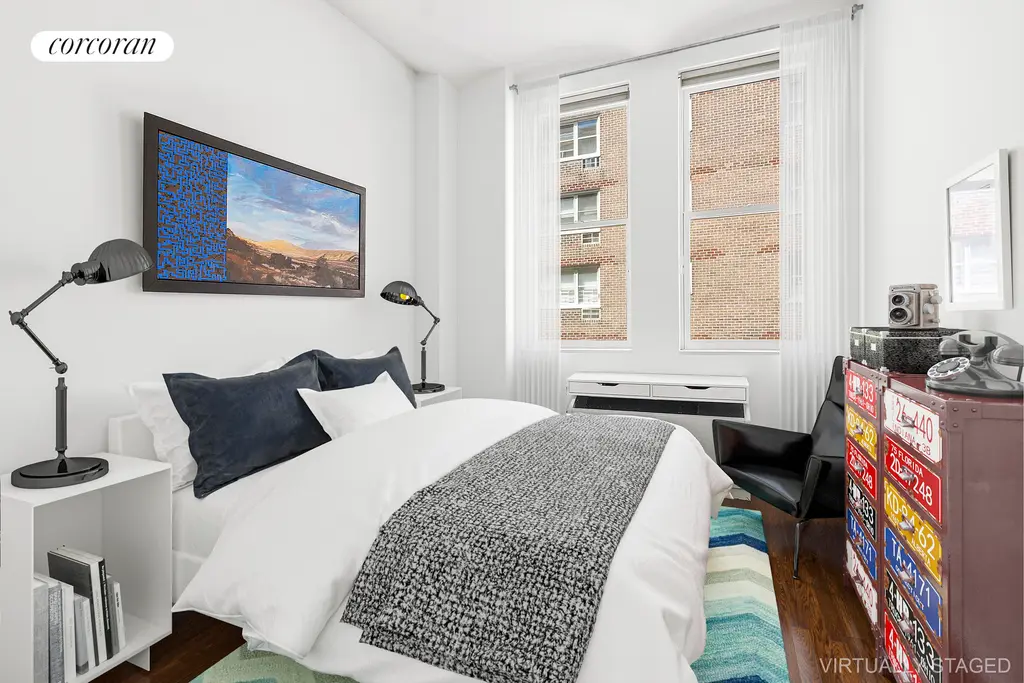
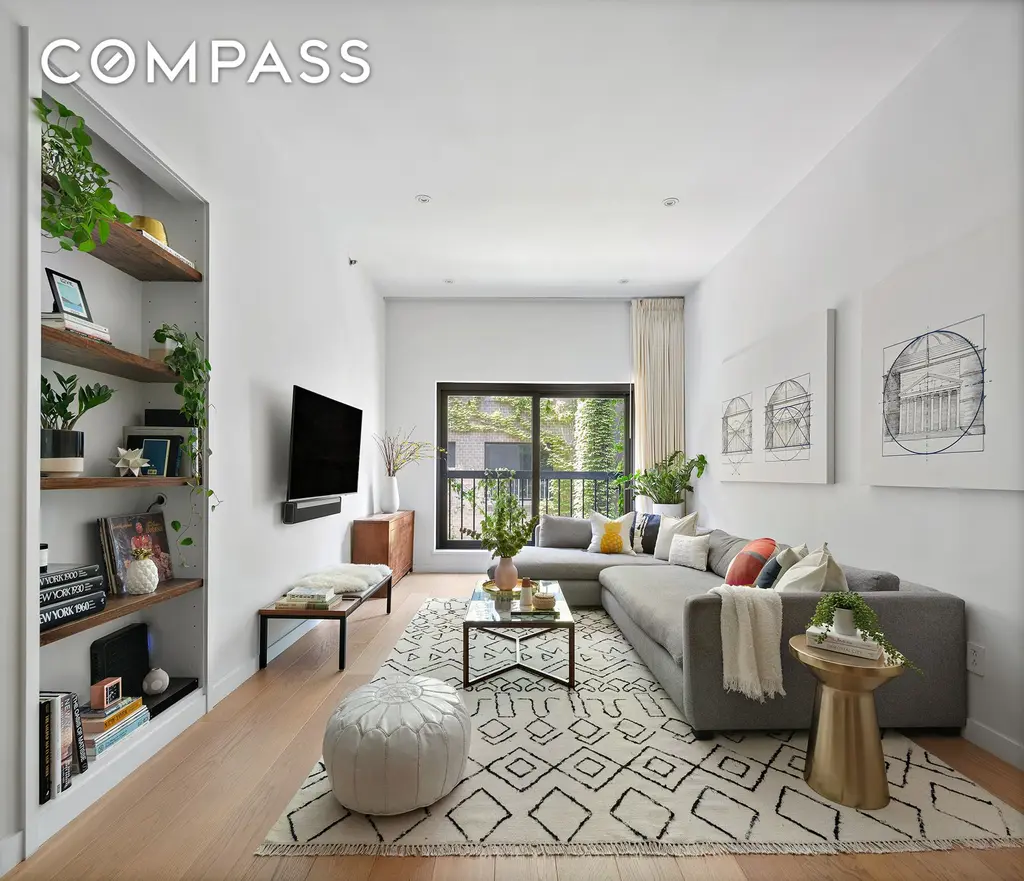
The Renwick, #4K (Compass)

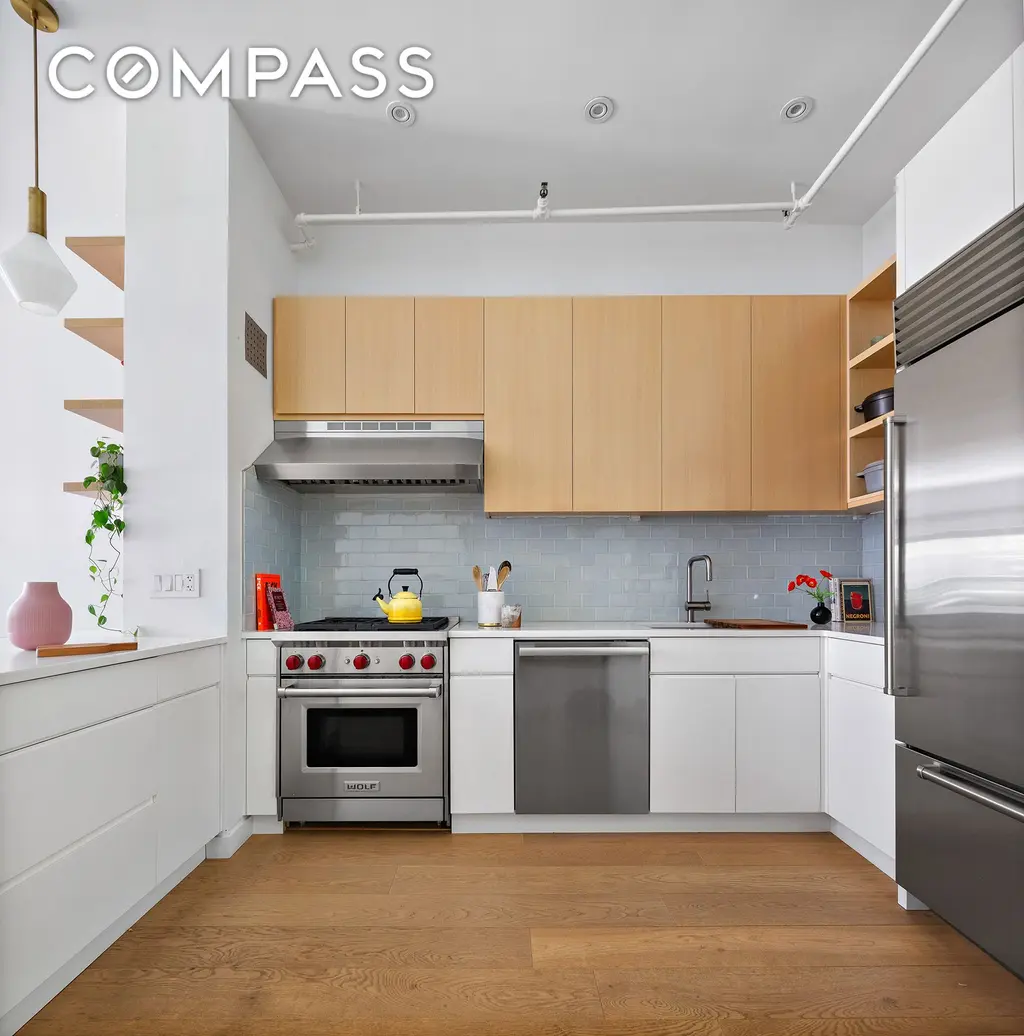
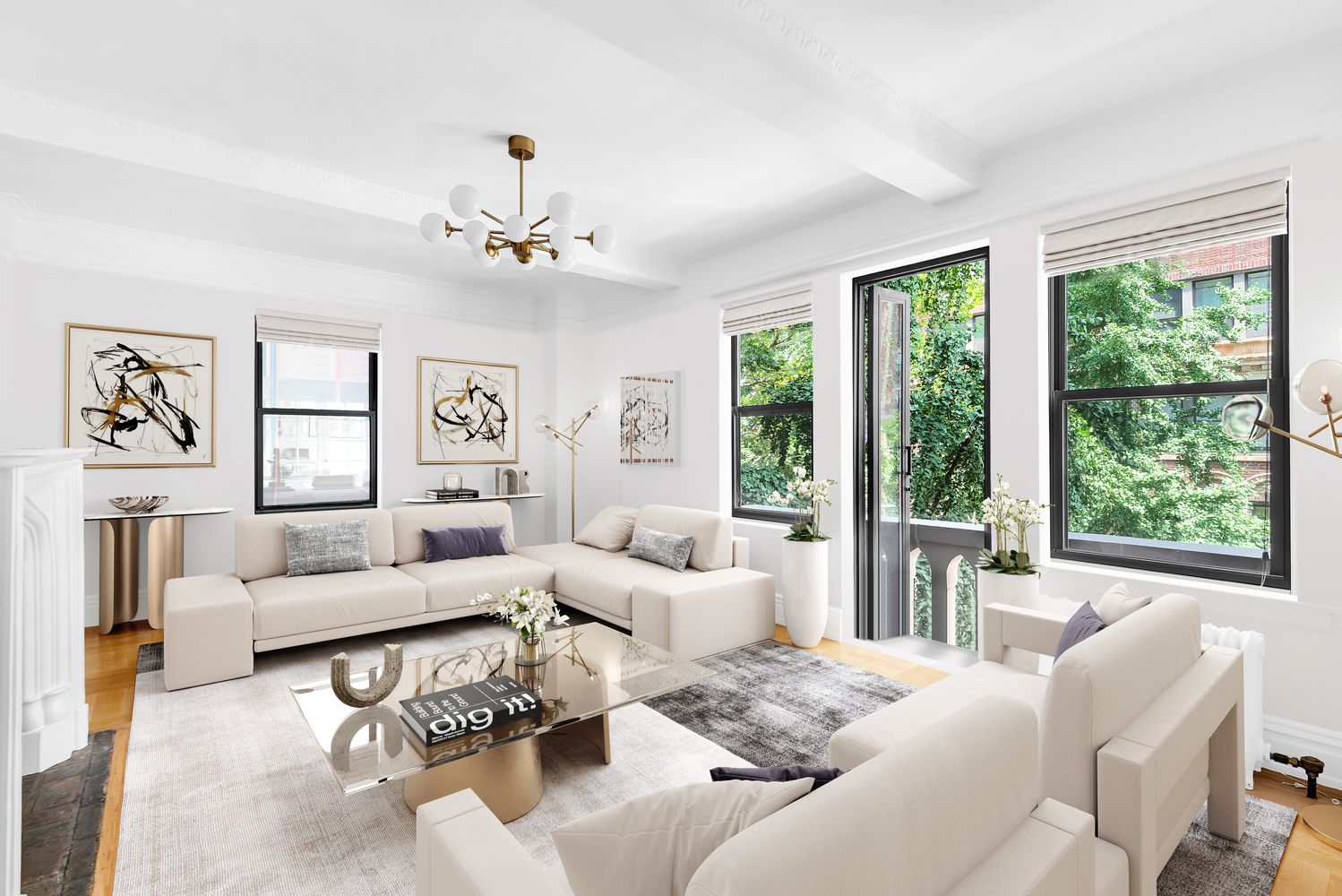
The Beaucaire, #3G (Compass)



45 Christopher Street, #15C (Compass)


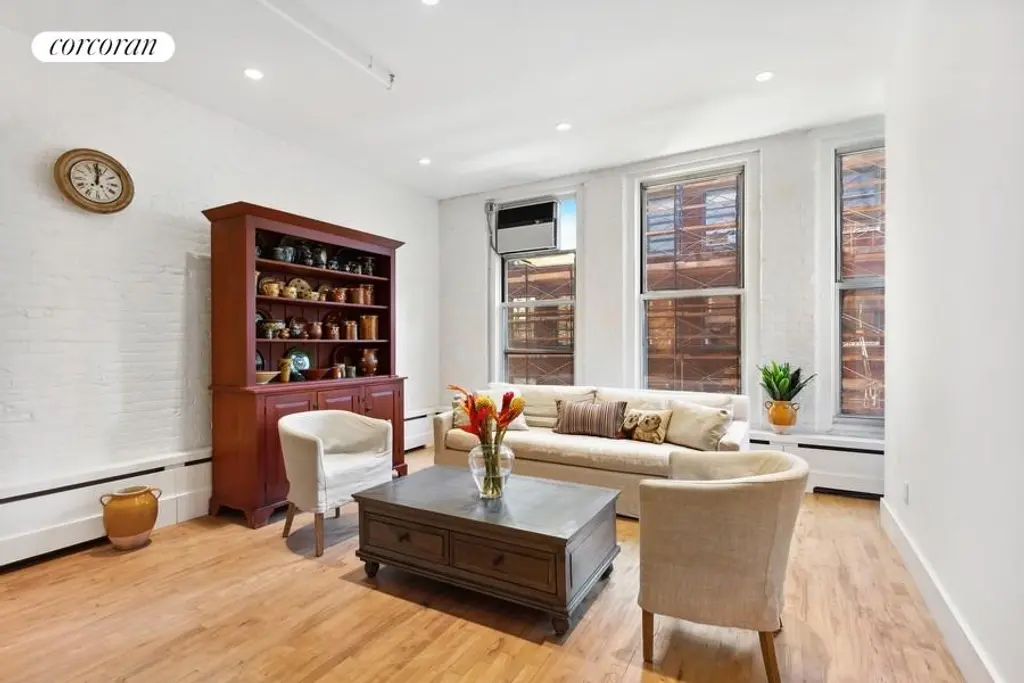
30 West 13th Street, #5C (Corcoran Group)
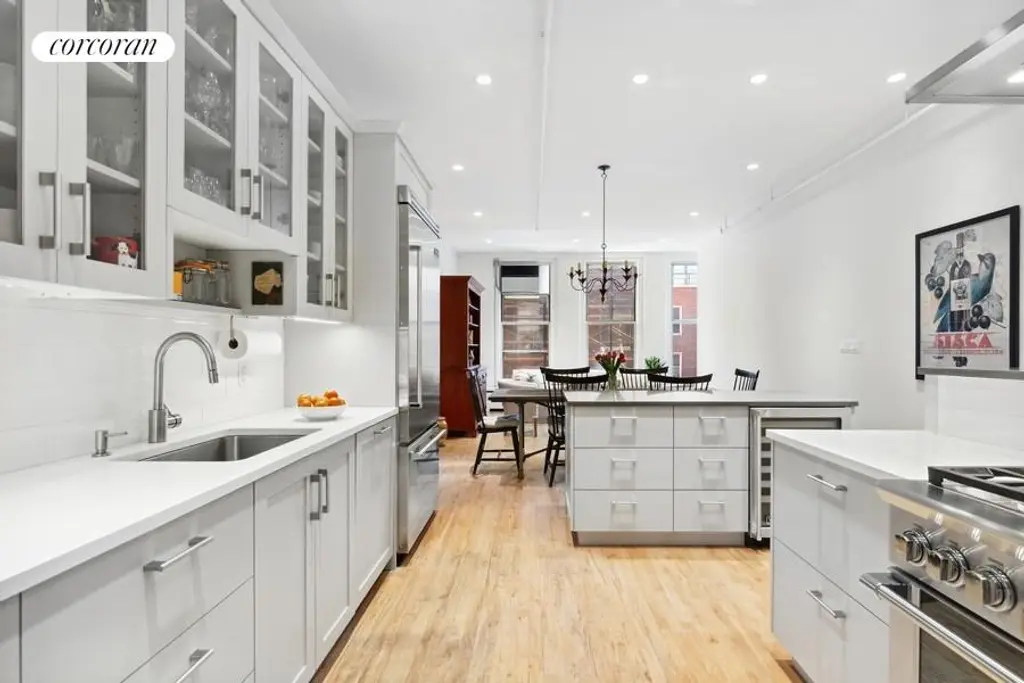
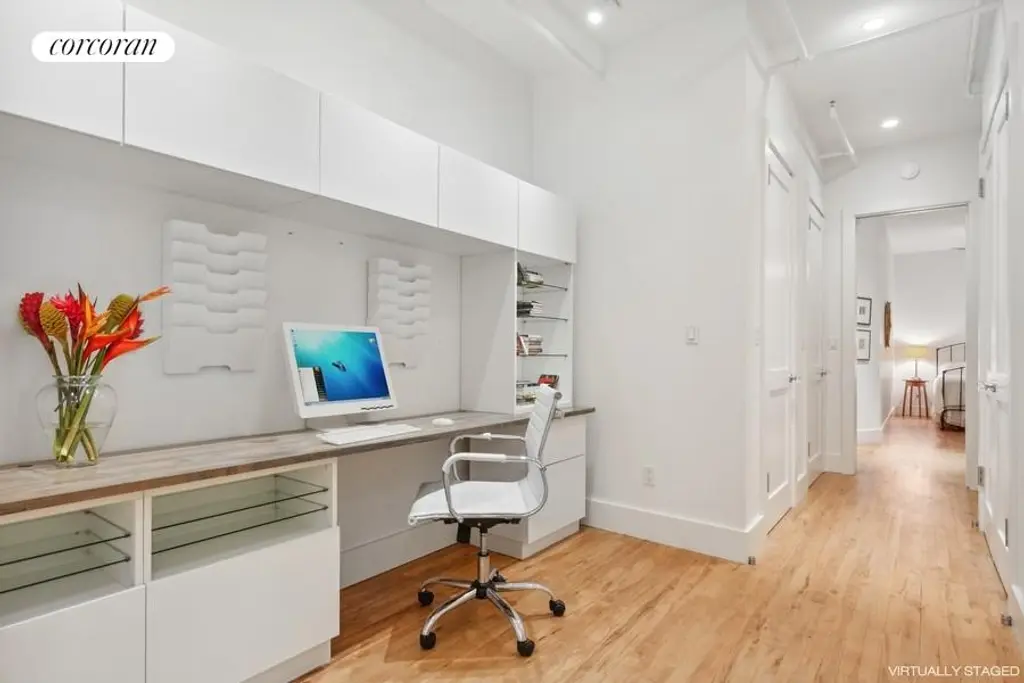
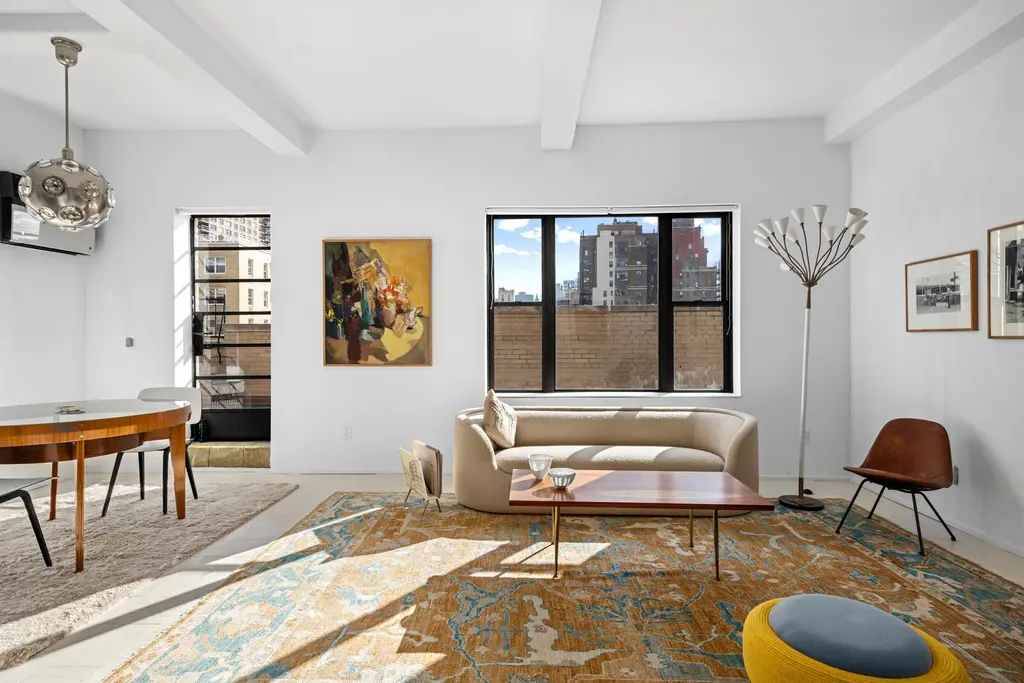
45 East 9th Street, #PHA (Douglas Elliman)
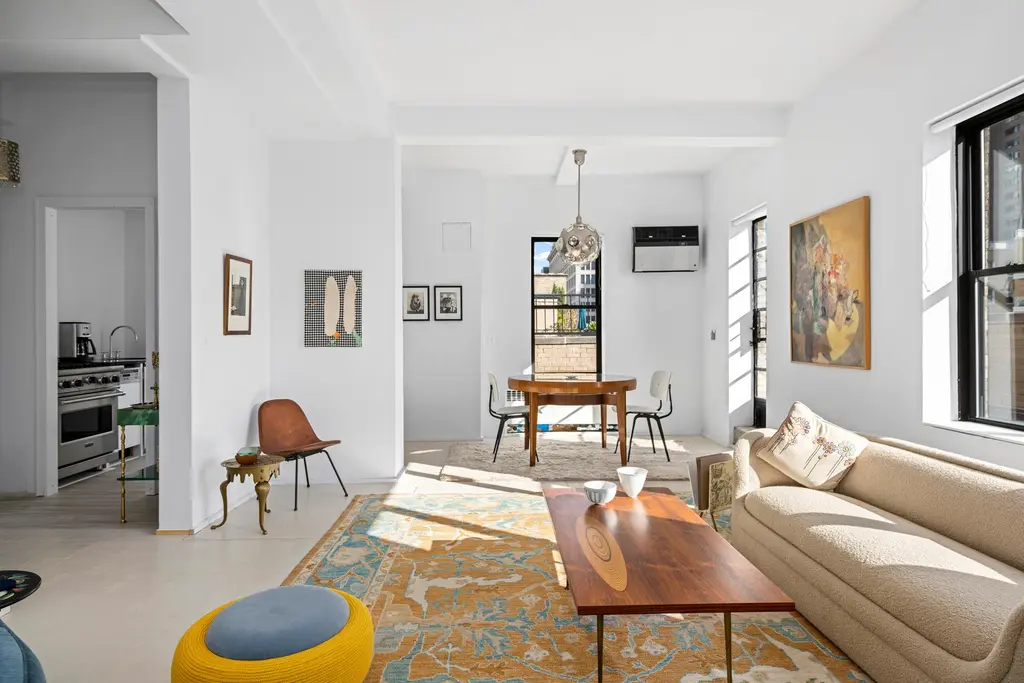
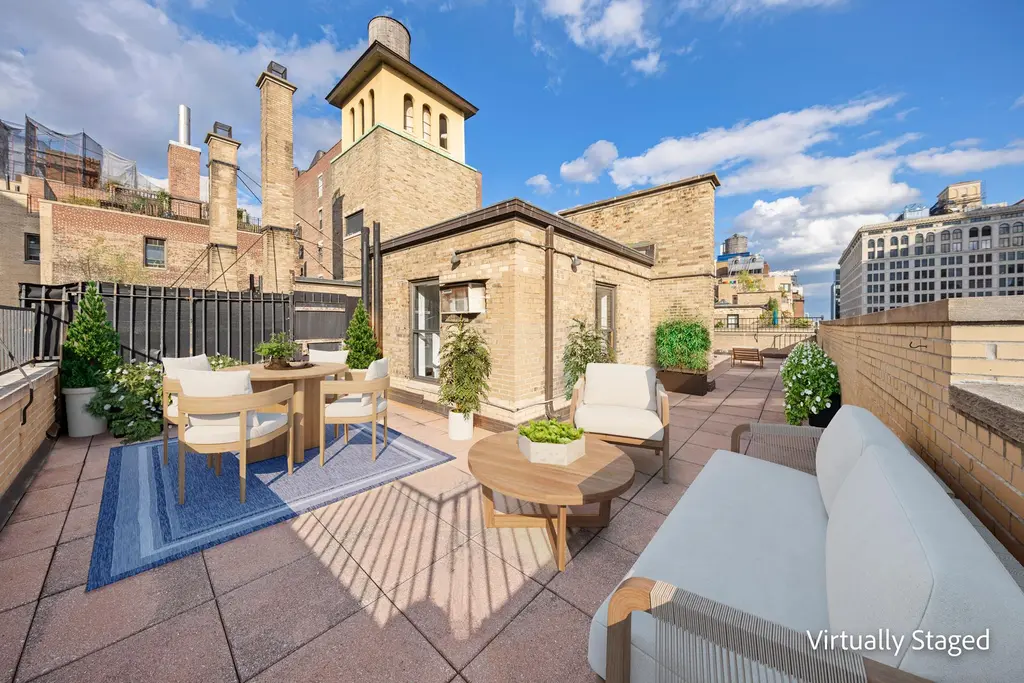
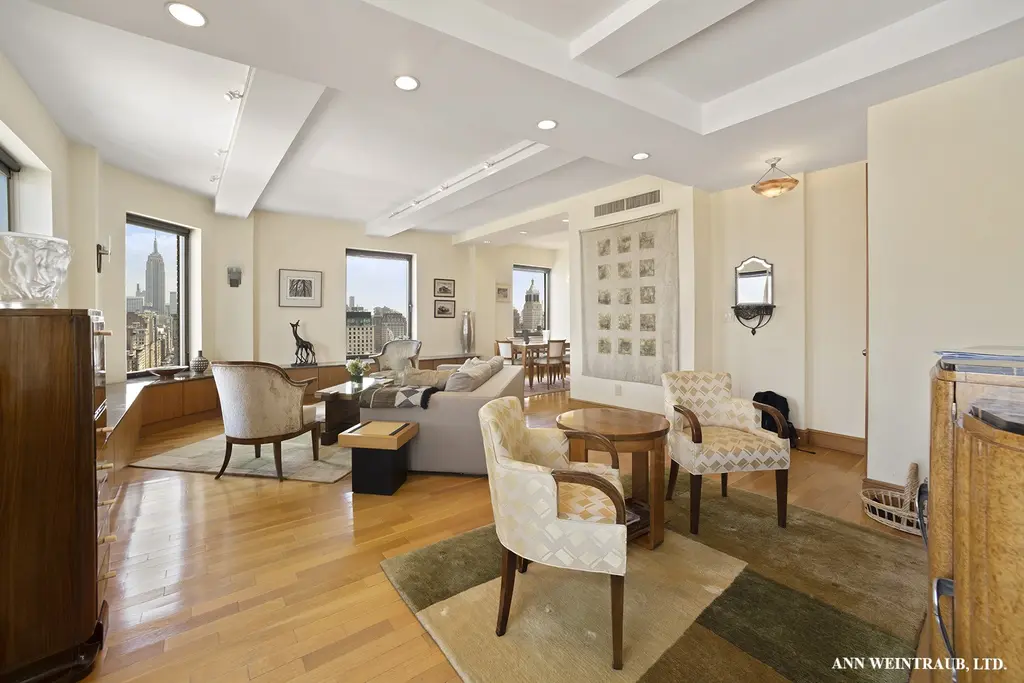
1 Fifth Avenue, #26A (Weintraub, Ann, Ltd.)
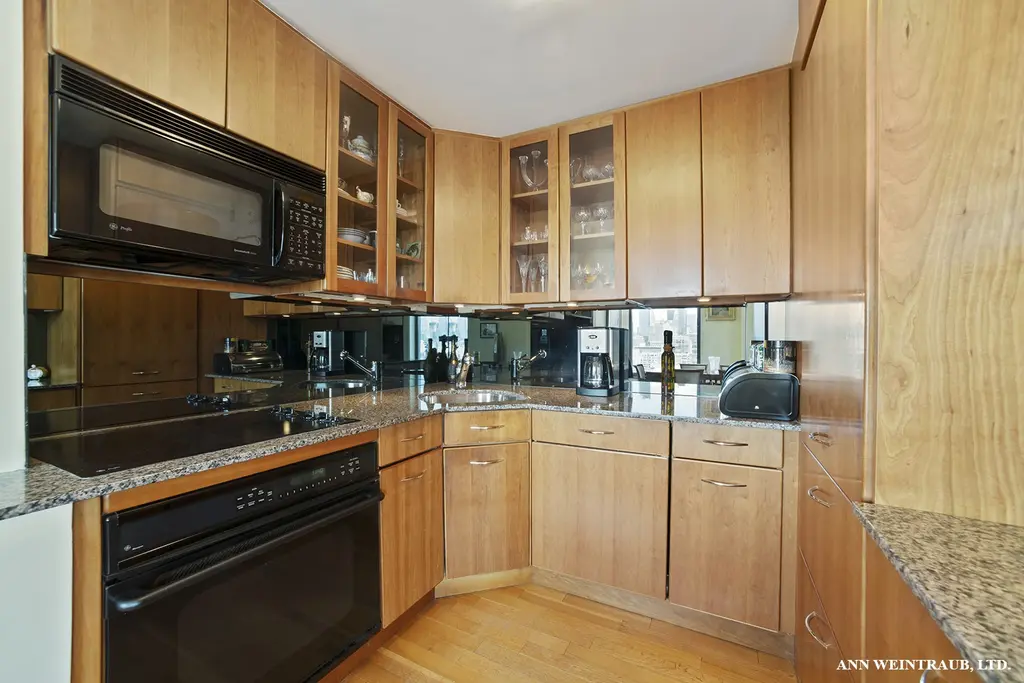
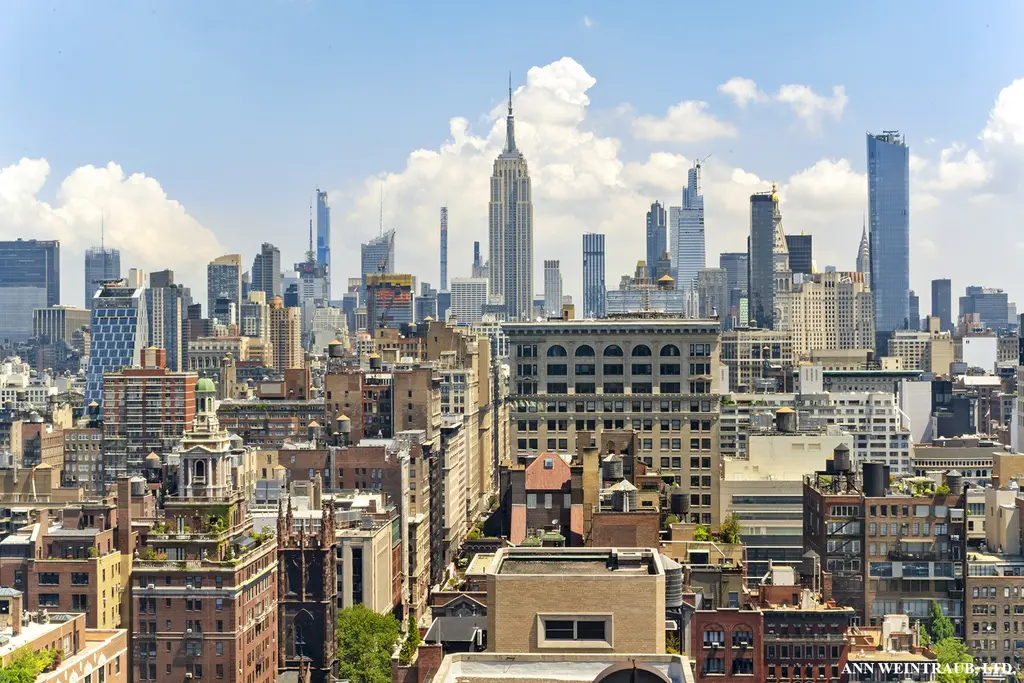
Would you like to tour any of these properties?
Just complete the info below.
Or call us at (212) 755-5544
Would you like to tour any of these properties?

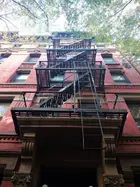
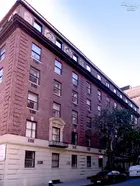

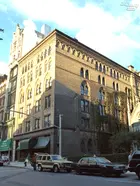
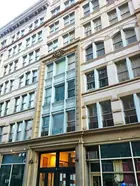
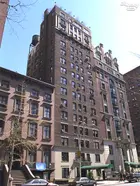
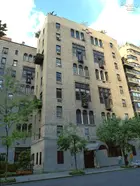
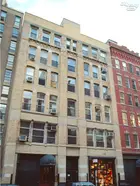

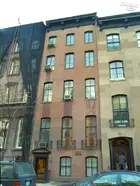
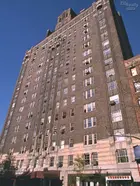
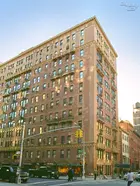
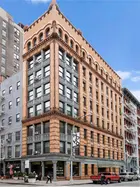

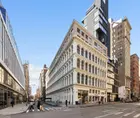
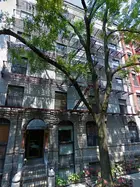
 6sqft delivers the latest on real estate, architecture, and design, straight from New York City.
6sqft delivers the latest on real estate, architecture, and design, straight from New York City.
